Want some more detail?
If you have more than 3 minutes to spare, read on for my super-detailed travel guide.
What will you find in the guide?
Firstly, you will get each season broken down into bite-sized chunks of info, such as Iceland’s temperature by month, weather and other factors.
Next, you’ll learn the pros and cons of visiting in each season.
Then, you’ll find out what to wear and what else to expect.
Trust me, it will save you a lot of headaches!
Let’s dive right in.
Temperature and Precipitation in April and May
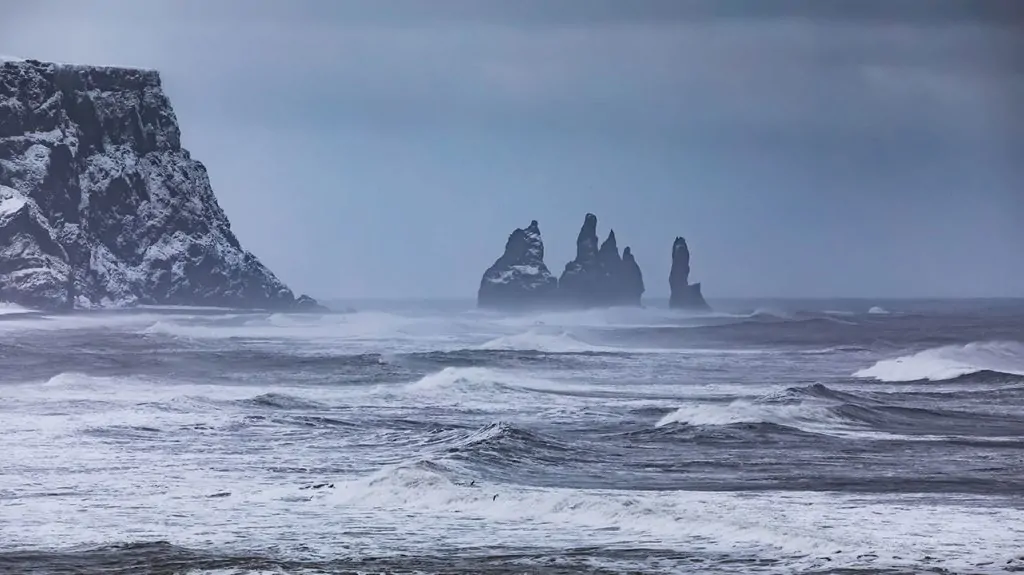
The average high temperature in Reykjavík is 4℃-6℃, while the average low temperature is 0℃-3℃.
This means that Iceland’s temperature in April is just slightly warmer than winter.
Although there are not many days that are below 0℃, it’s still colder than you might expect.
Since April follows directly after a long stormy winter that doesn’t have much daylight, the temperatures still remain fairly low.
Yes, it still snows during this time of year in certain parts of Iceland, especially in the north and east.
Sometimes even Reykjavík can’t avoid the snow in spring, either.
Are you thinking, “but that sounds no different to winter!”? Well, some people would probably agree!
The average high temperature in Reykjavík is 6℃-11℃°, while the average low temperature is 3℃-6℃.
We can basically say goodbye to the snow in May. See you later!
But, this is still Iceland. That means we all have to be ready for extreme weather, no matter what.
In May 2018, we even had a few days of snow in Reykjavík at the beginning of May!
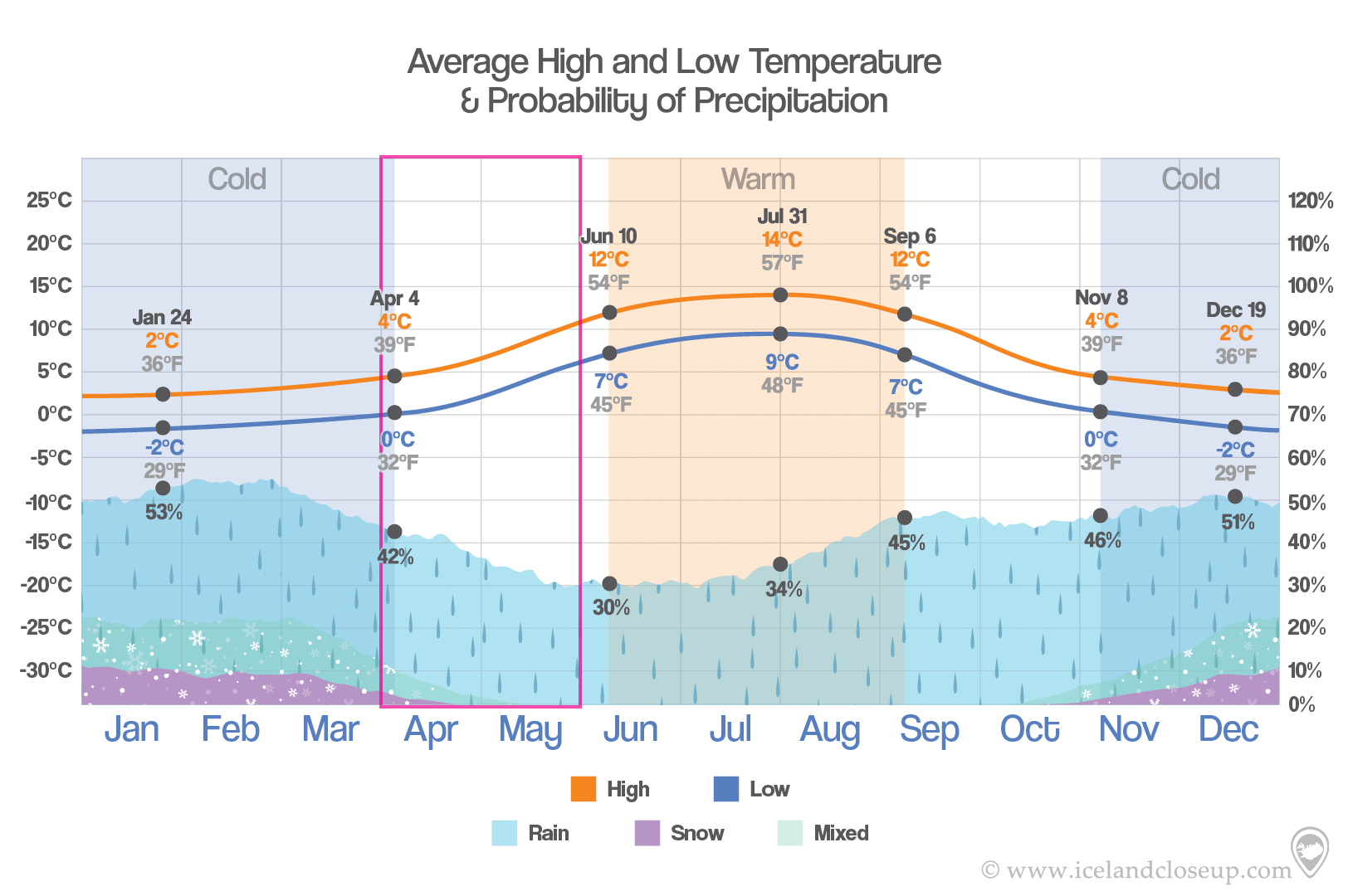
What the Weather is Like in April and May
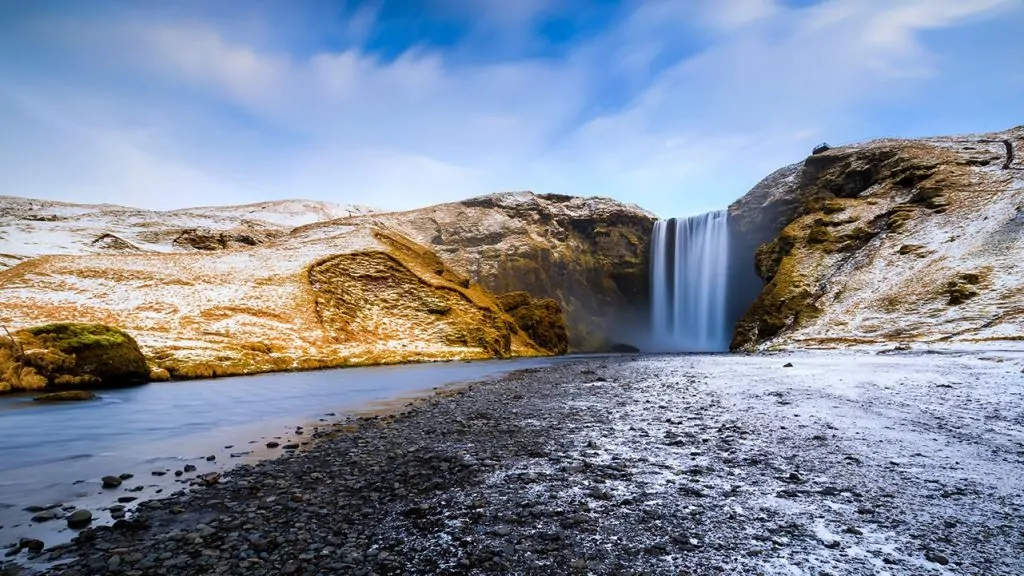
In general, it’s still cold in April. Despite this, Icelanders still celebrate “the first day of summer” on the first Thursday after the 18th of April.
This festival is also a public holiday. But don’t be fooled – this day is anything but summery.
If it’s freezing cold or even snowy on the “first day of summer,” that’s totally normal!
If you’re traveling to Iceland in April, it’s hard to avoid strong winds, especially in coastal areas. In May the winds tend to be a bit gentler.
How strong, exactly? A wind speed of 20 m/s is not unheard of.
It’s this kind of weather that makes people feel like the spring will never come.
Because the temperature is not yet warm enough to melt the snow, there is still accumulated snow on the road in rural areas of Iceland.
This means that tourists are advised to drive carefully, especially outside of the cities.
So how long does it take for the accumulated snow to melt?
In some regions of Iceland, it won’t completely melt until the end of May.
In April and early May, the vegetation in Iceland still looks a bit dull.
It’s not until early May that the fresh greens of spring really start to appear.
By then, people really start feeling like spring is on its way!
Along with the spring growth, the weather in May is much less extreme and the temperature rises.
With the warmer weather, the whole of Iceland is gradually decorated with fresh green leaves and brand new flower buds.
In rural areas, the spring vegetation is not fully grown until late May to the beginning of June.
Daylight in April and May
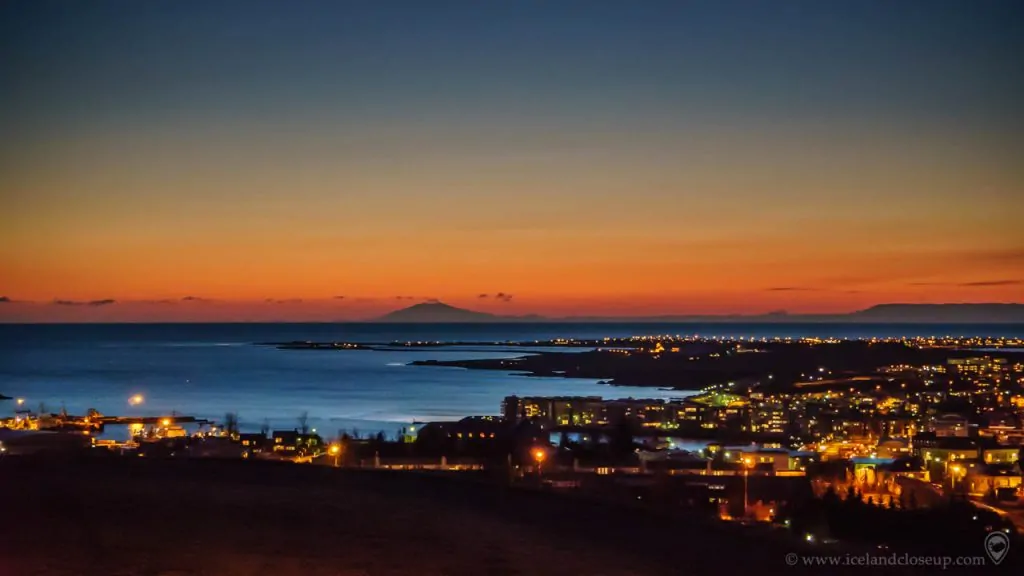
The sunrise time is about 06:47, and the sunset time is about 20:18.
This equals about 13.5 hours of daylight in total.
After the dark Icelandic winter, the amount of daylight in April is now totally normal.
Every day is longer than the last and sunset arrives later and later.
The sunrise time is about 03:26, and the sunset time is about 23:26.
This means that Iceland in May enjoys about 20 hours of daylight, even longer than in April.
To put that in perspective, that’s only 4 hours of darkness!
The good news with this is that you will have plenty of daylight for exploring Iceland’s amazing scenery.
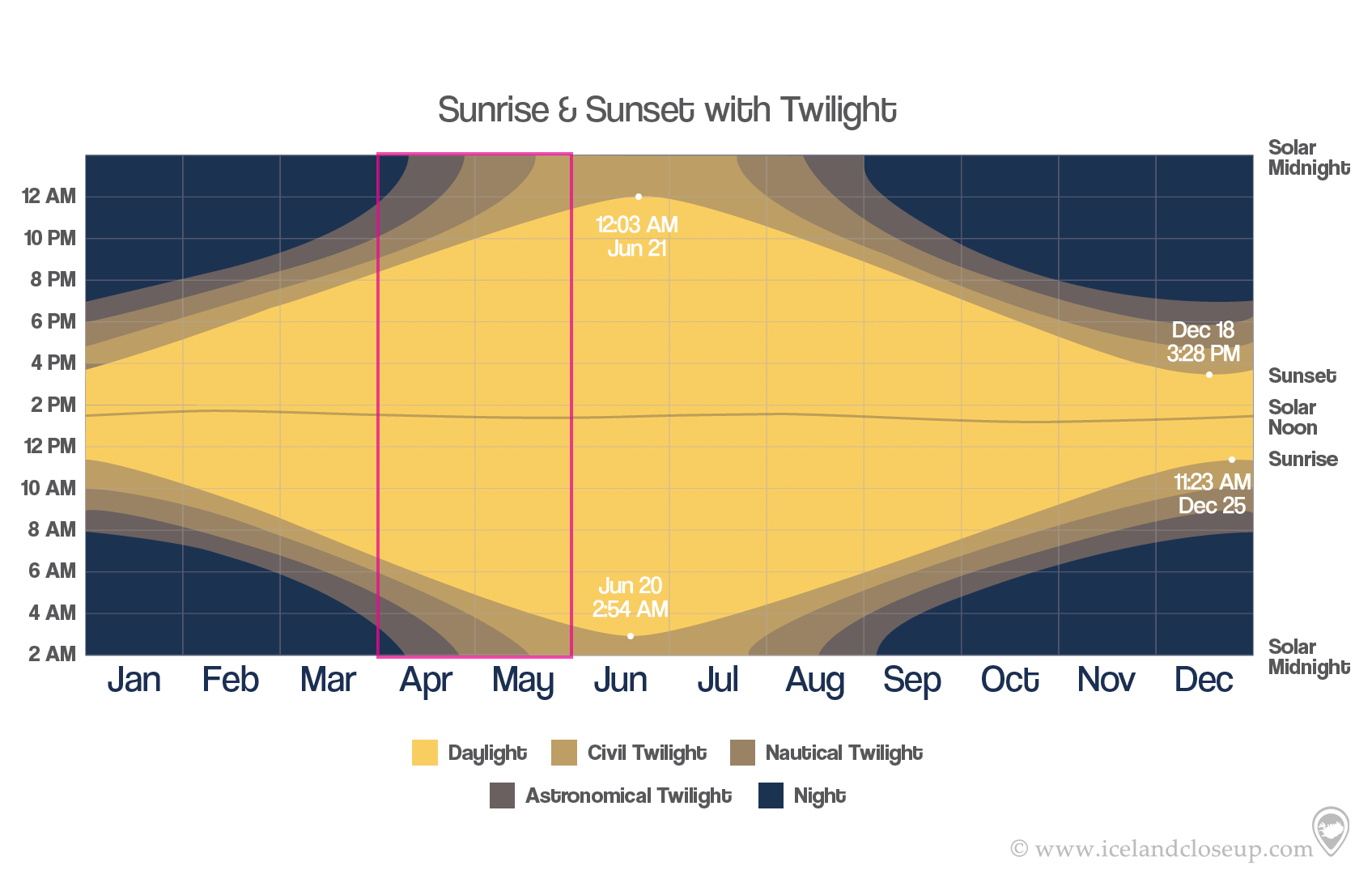
What to Wear in April and May
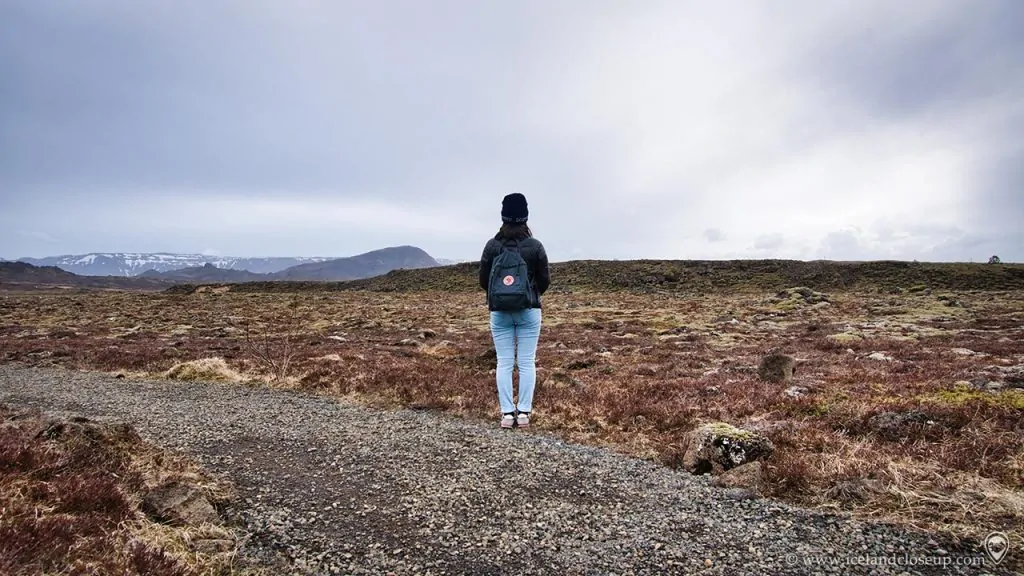
No matter what time of year you are traveling to Iceland, the go-to advice is always the same: wear layers!
Why? Because even though the temperature gets warmer in spring, you still can’t avoid extreme weather.
Occasionally it will snow and be really windy.
This means you might feel very cold after a whole day of outdoor activities.
In particular, hunting for the northern lights at night before mid-April requires especially warm clothes.
By the end of May, it’s warm during the daytime, but you’ll still need more layers in the evening as it will cool down a lot.
So in conclusion, warm layers are key when packing for Iceland in spring.
Here’s a full checklist of what to wear in Iceland in April and May:
Outer layer:
Middle layer:
Accessories:
For all seasons:
Pros and Cons of Traveling in Spring
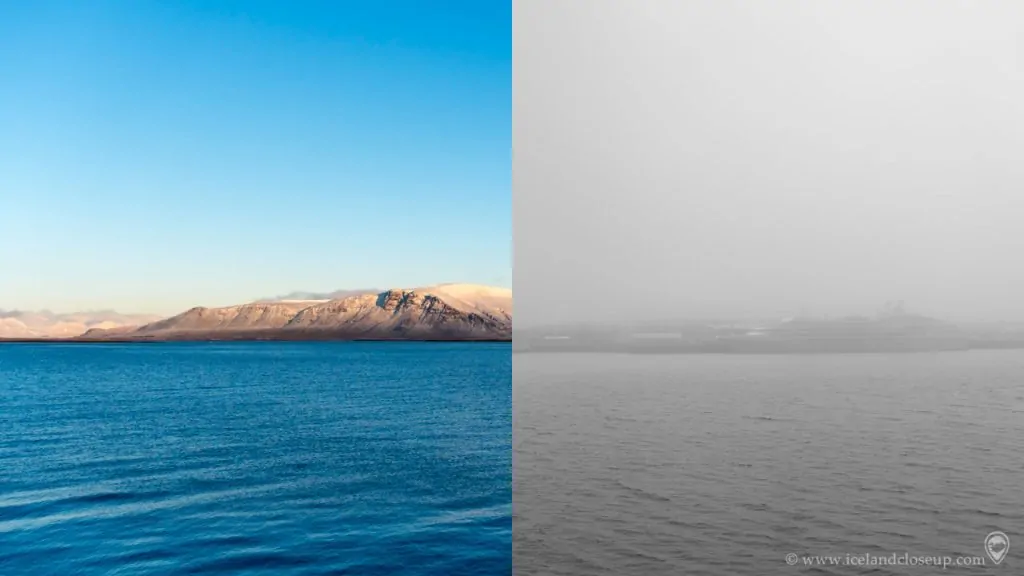
Iceland’s weather conditions in spring are slightly better than in winter.
This means better road conditions and warmer temperatures (though perhaps not warm enough for everyone!).
There’s plenty of daylight too, and before mid-April you can still try your luck to catch a glimpse of the Northern Lights.
So far, so good. But what about the downsides?
Icelandic weather can change rapidly, even in spring. So you need to be well-prepared and follow the weather forecast the whole time. And watch out for snow when driving outside the city!
Keep reading below for a summary of the pros and cons of traveling to Iceland in April and May.
Seasonal Attractions in Spring
The coming of spring in Iceland brings new possibilities for activities and adventures! Read on to check out our pick of the best tours for Iceland in April and May:
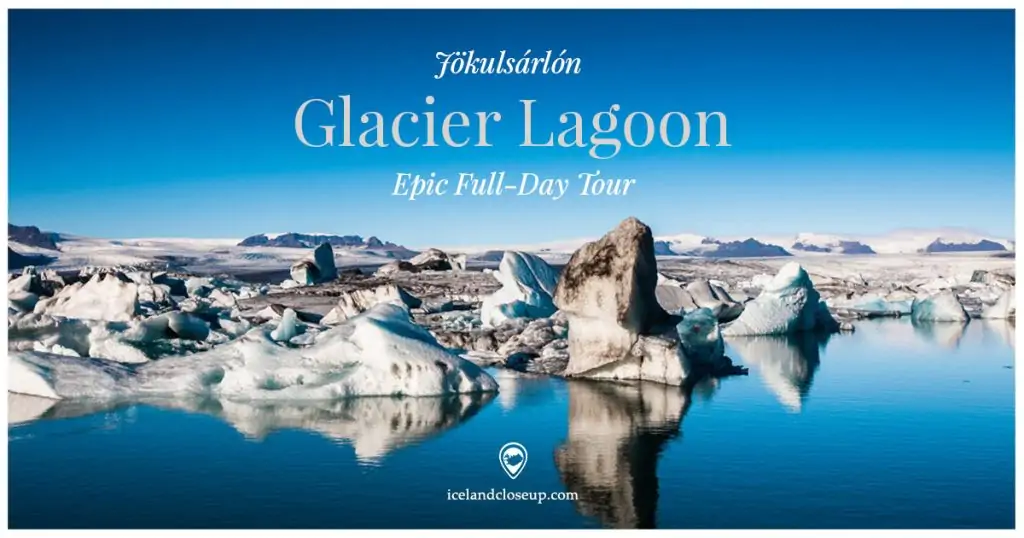
Jökulsárlón Glacier Lagoon Tour (Epic Full-Day)
Put the “ice” in Iceland with our Jökulsárlón Glacier Lagoon Tour! Experience several of Iceland’s top attractions in one epic full-day tour.
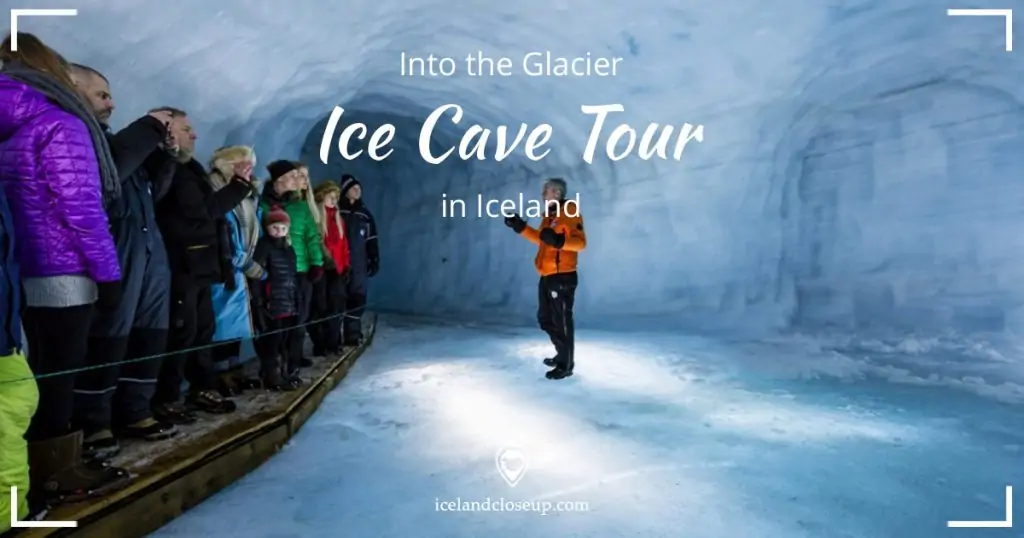
Into the Glacier Ice Cave Tour (From Reykjavík)
Join us on a trip into the frozen heart of the second largest glacier in Iceland. Enter a breathtaking man made ice cave to learn it’s secrets.
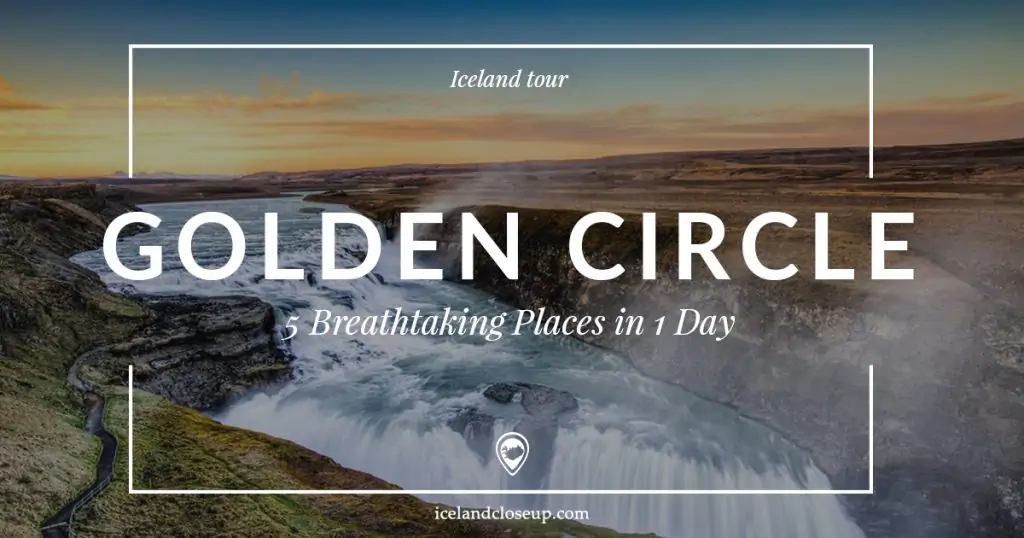
Golden Circle Tour (5 Breathtaking Places in 1 Day)
Want to visit Iceland’s most amazing sights in one day? Our Golden Circle Tour is an effortless introduction to the best of Iceland’s majestic scenery.
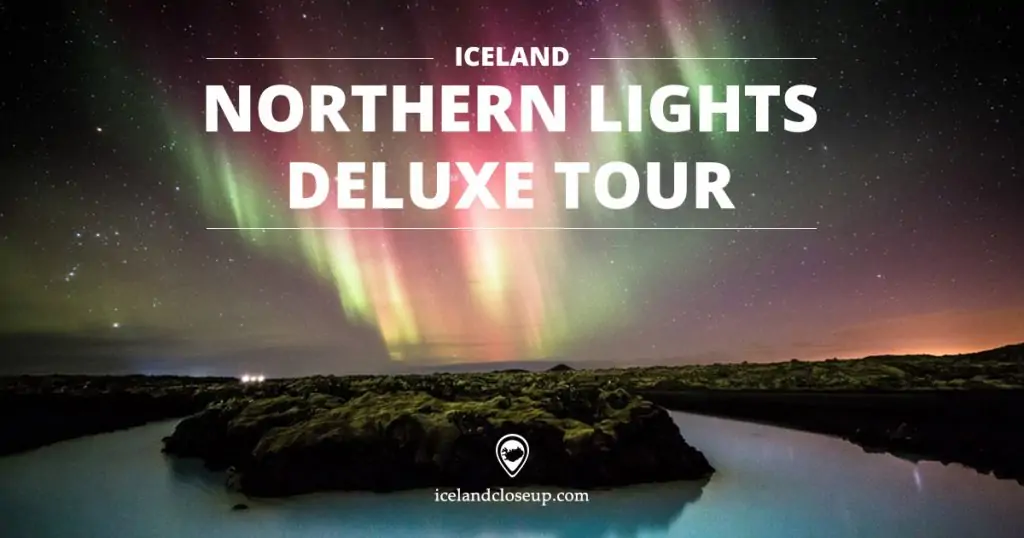
Northern Lights DELUXE Tour (From Reykjavík)
Get front-row seats to nature’s greatest light show with our Northern Lights Deluxe Tour. Enjoy the Aurora from the comfort of a special luxury bus.
Temperature and Precipitation in June, July and August
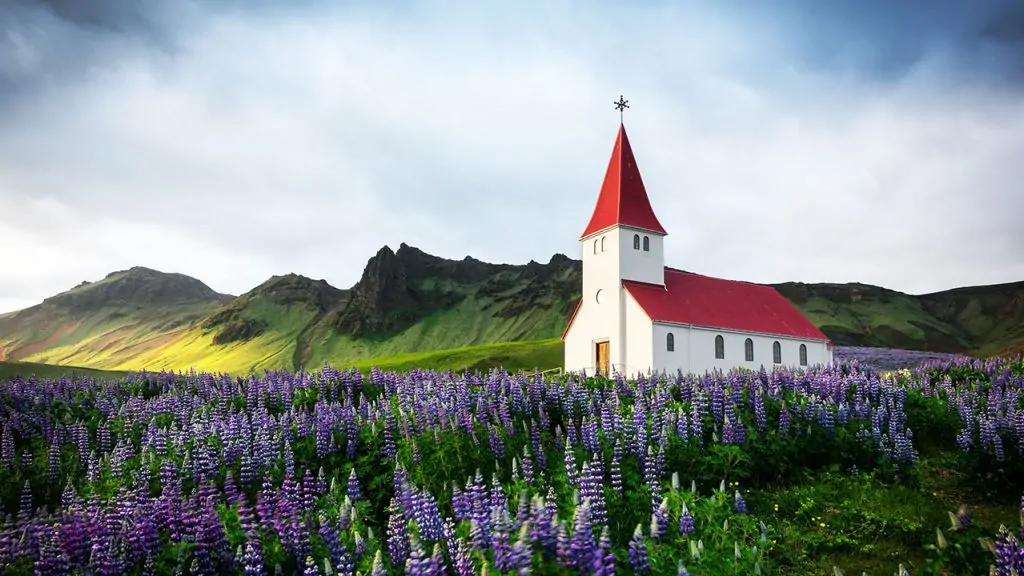
The average high temperature in Reykjavík is 14℃ and the average low temperature is 7℃.
In Iceland, summer temperatures can reach 20℃, but usually that only lasts for a day. July and August are the best months to visit Iceland if you want the warmest temperatures.
There’s less rainfall in summer – but it’s still not unusual to get several rainy days in a row.
Just like most people, Icelanders are not keen on windy, cloudy or rainy summers.
But unfortunately, sometimes that is what we get.
In 2018, when most of Europe suffered from unusually hot weather, Iceland had an extremely cold and wet summer.
The Icelandic rain has its own unique character, too. It’s usually light and hardly ever falls straight down.
Why is this? Because in Iceland, rain usually comes hand-in-hand with wind.
So an umbrella rarely comes in handy. It will just be blown away!
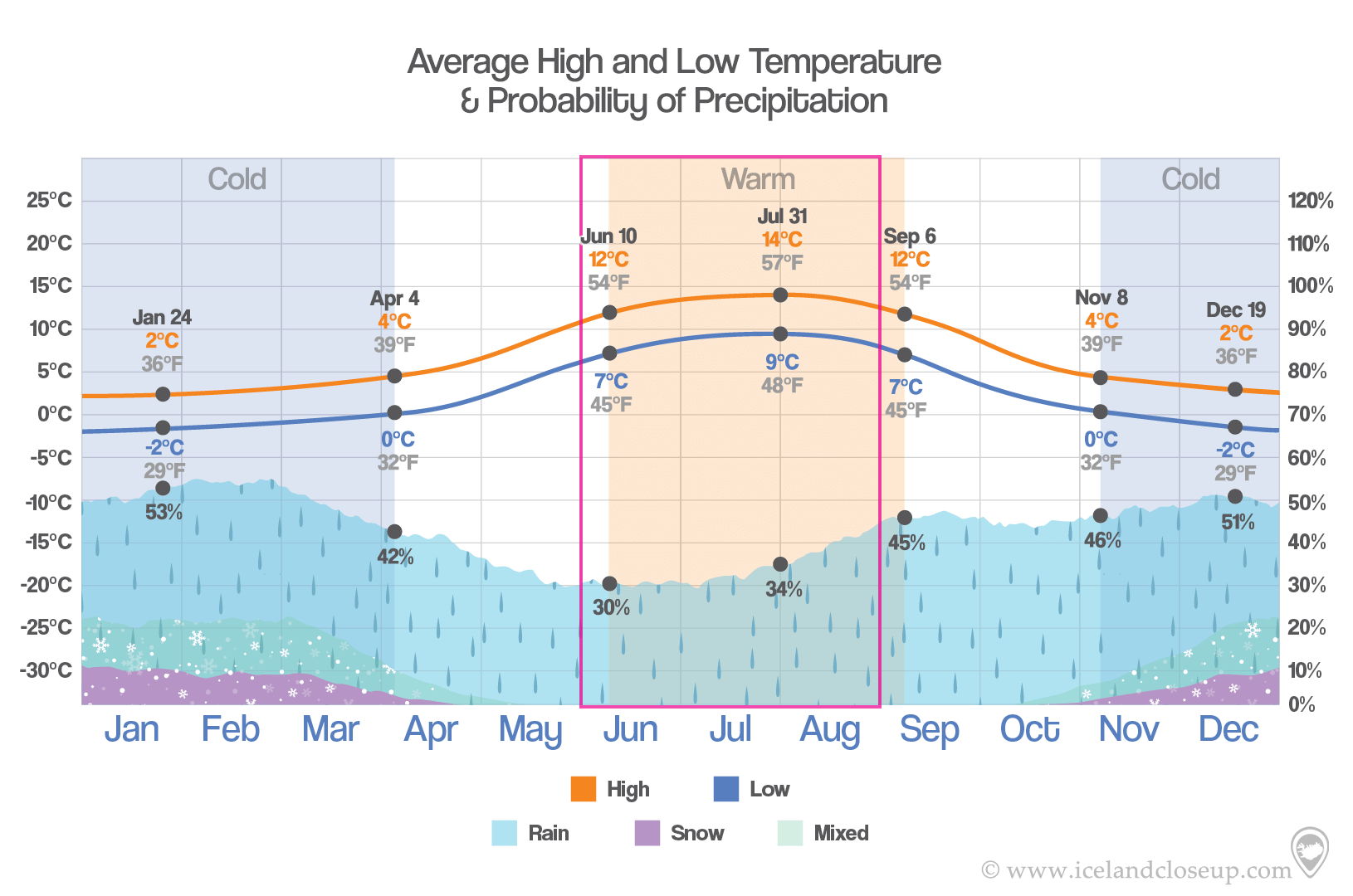
What the Weather is Like in June, July and August
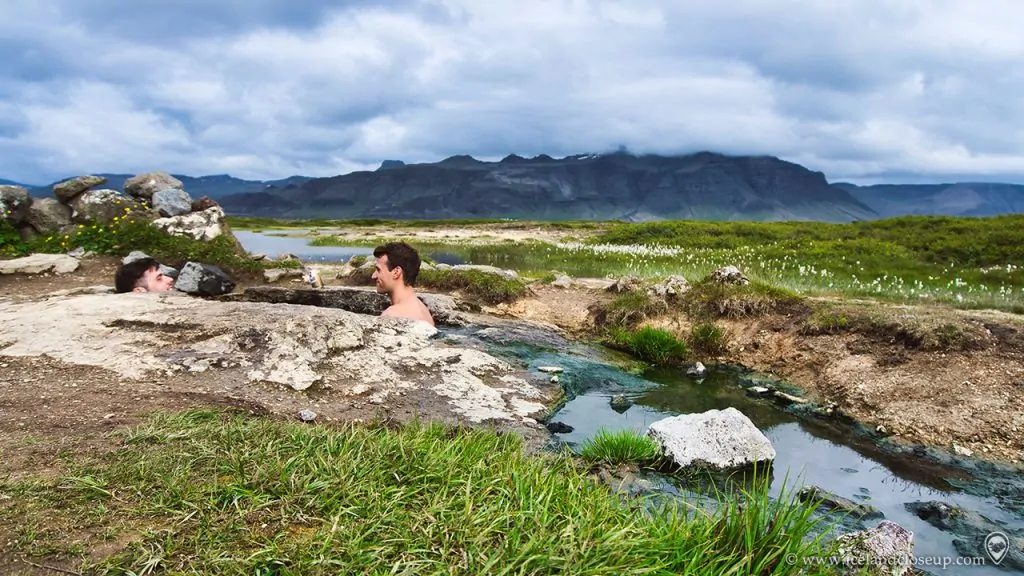
In Iceland the summer weather is mild and pleasant, with no humid heat or unbearable cold.
As you might expect, summer has the highest average temperature of all the seasons. The temperature won’t dip below zero, even at night.
This means it’s a great season for outdoor activities and perfect for camping.
One of the most unique things about Icelandic summer? There are almost 24 hours of daylight!
So you’ll have plenty of time to enjoy long summer evenings and catch some spectacular sunset colors.
In the summer months the weather becomes much less extreme. This means it’s rarer for roads to close due to the weather conditions.
Because of the increase in temperature, the accumulated snow on the road in rural areas will be almost completely melted.
What do you get when you put all these factors together? The best season to visit Iceland if you want to drive around the country yourself.
On top of this, the famous Icelandic Highlands become accessible at the end of June.
Even though there is less extreme weather in summer, windy weather is unavoidable in Iceland no matter what the season.
So you may as well embrace the Icelandic winds as part of your journey!
That said, strong winds are much less common in summer than in winter.
A wind speed of 10 m/s is considered normal for Iceland in summer. Occasionally it might be even stronger in wide open spaces.
By summer, the vegetation has fully grown. In June, the countryside is scattered all over with colorful Lupines in full bloom.
With the snow melted away, the magnificent landscapes of Iceland are revealed in their full glory.
If you want to visit Iceland to see the beauty of the Northern Lights, summer is not the best time to visit Iceland for you.
Why is this? Well, the Northern Lights can only be seen on dark nights. And there are no dark nights in June, July or early August!
Instead of the Aurora, the amazing midnight sun takes over the sky in the summer months.
The sunset and sunrise can be witnessed almost at the same time, with only a few hours in between!
It’s definitely an experience you can’t miss.
You can see more about the unique midnight sun in my videos below.
Daylight in June, July and August
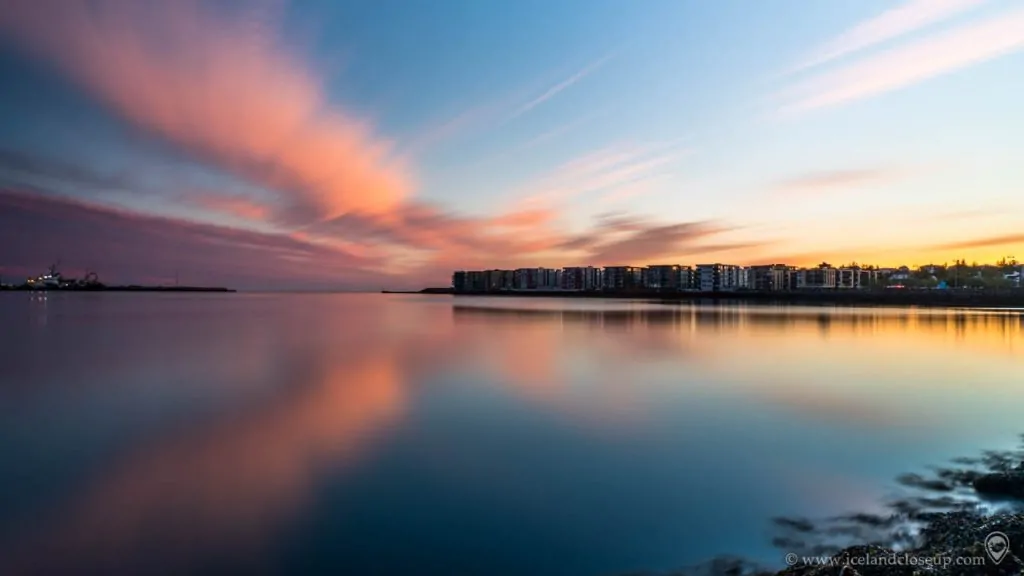
The sun rises around 02:55, and sets around 00:03.
There are about 21 hours of daylight.
The summer solstice arrives around June 21st every year – this is the longest day of the year.
On this day, even though the sun sets below the horizon for a few hours, the sky does not go dark at all.
As you will see, it’s not called the “midnight sun” for nothing!
The sun rises around 06:06 and sets around 20:48.
There are about 14.5 hours of daylight.
After the summer solstice the days slowly become shorter, but there is still plenty of daylight.
You won’t get lost in the darkness and can enjoy the scenery on your way around the country.
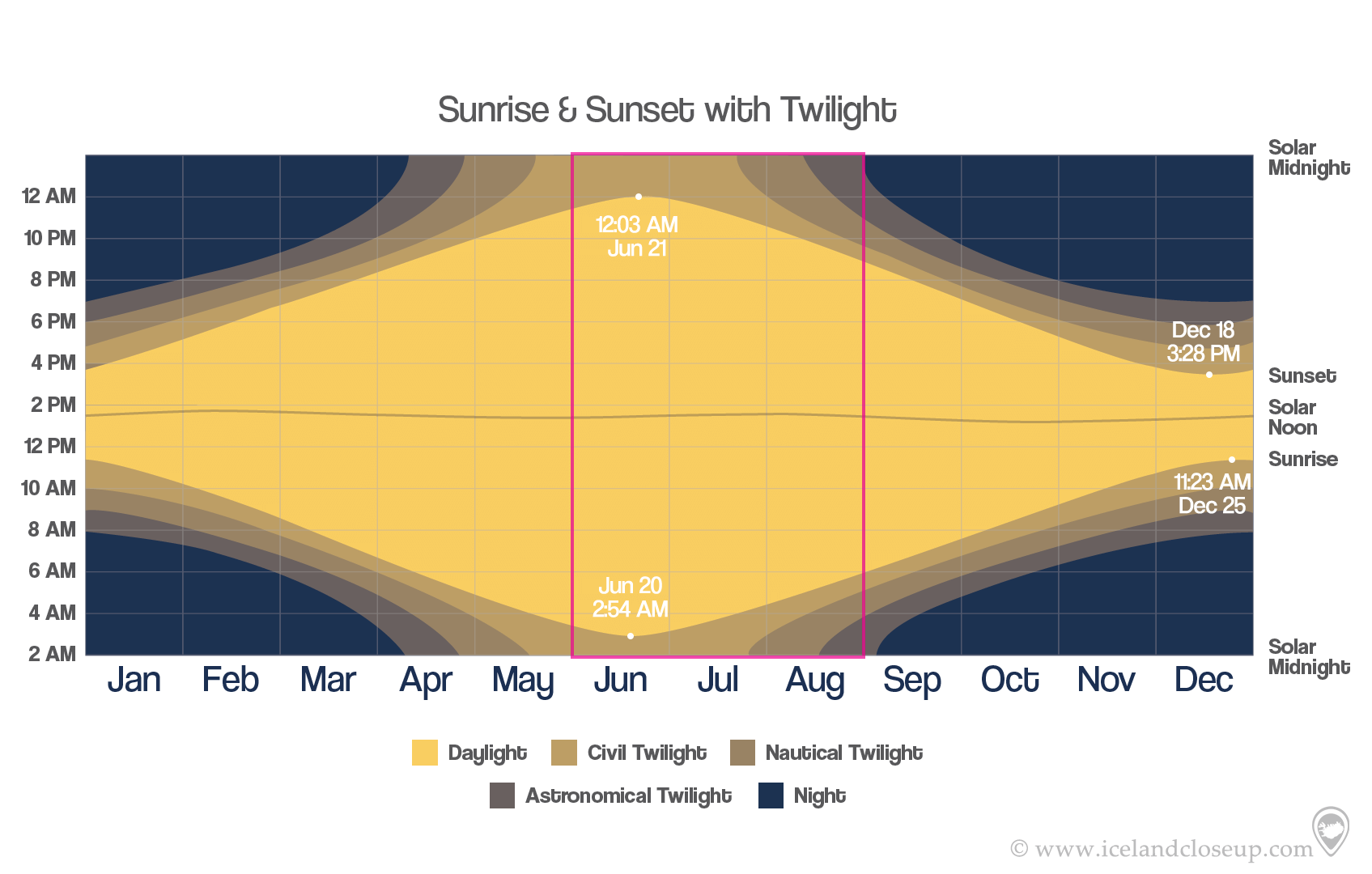
What to Wear in June, July and August
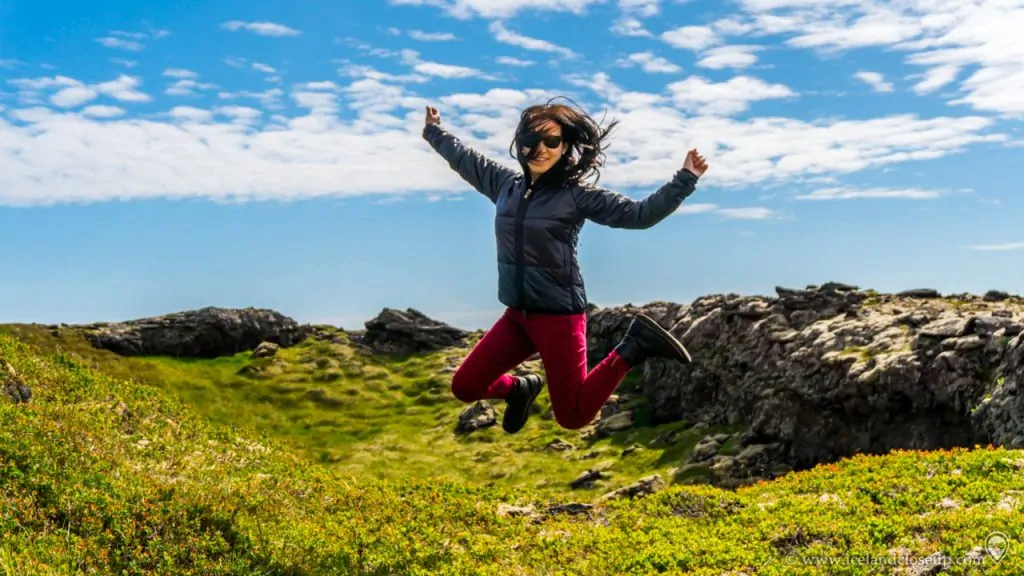
Wondering what to wear in Iceland in summer? Read this section for all the info you need.
In general, the temperature in the cities is very comfortable in summer.
For outdoor activities in urban areas, you’ll be fine in light clothing and a light jacket. When it’s sunny, it feels warm.
(That said, it’s possible you might feel cooler if you’re from a very warm country!)
For rainy or windy weather (which can still appear in summer) we recommend a waterproof, windproof jacket.
If you’re heading outside the city for longer outdoor excursions, we recommend wearing some warm layers, especially during the evenings or at night.
Read on for a detailed breakdown and packing list:
Outer layer:
Middle layer:
Accessories:
For all seasons:
Pros and Cons of Traveling in Summer
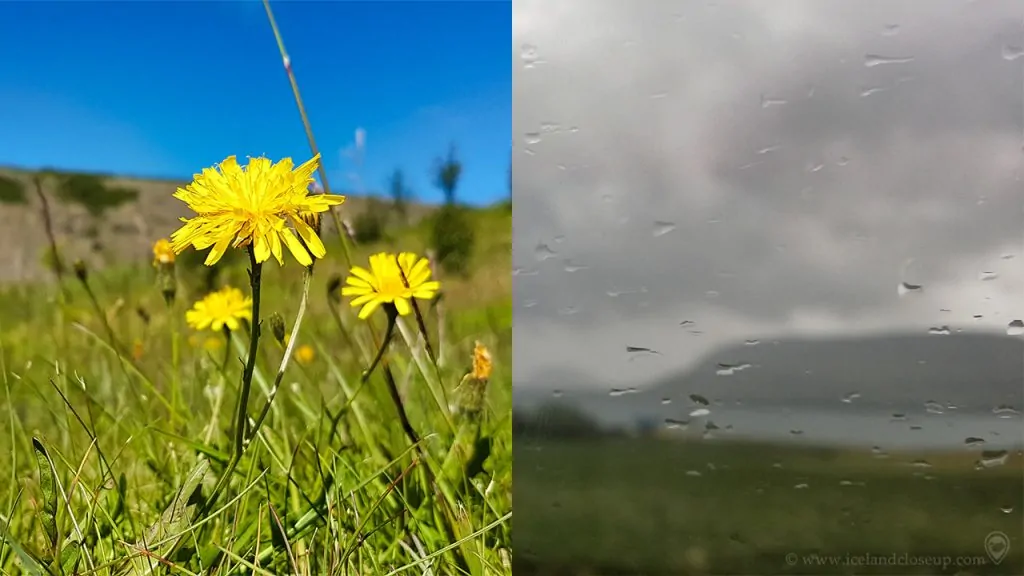
The midnight sun and long daylight hours are some fantastic aspects of traveling to Iceland in the summer.
But that’s not all! There’s also a great selection of local festivals and concerts.
Some examples are Iceland’s National Day, the Viking Festival and the Summer Solstice Concert in June.
In July, a lot of towns also hold their own town festivals.
These events give the locals a chance to meet to enjoy the summer, and tourists a chance to experience the local culture.
So if you are a big fan of festivals and music, summer could be your best time to visit Iceland!
However, all these unique summer activities do attract a lot of tourists to visit Iceland during this time of the year.
So the cost of goods and services is usually higher in summer than during the other seasons.
Here is the full list of pros and cons for visiting Iceland in June, July and August:
Seasonal Attractions in Summer
From local festivals and adventurous tours to back-to-back sunsets and sunrises, there’s plenty to love about summer in Iceland!
Check out the seasonal attractions below for some summer fun:
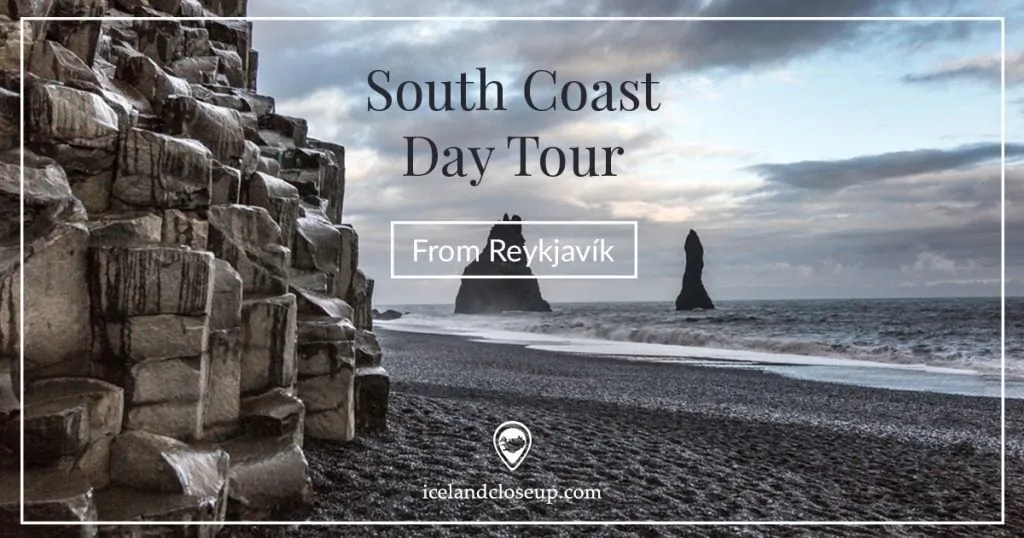
South Coast Day Tour (From Reykjavík)
Witness Iceland’s most dramatic scenery. Join our South Coast day tour from Reykjavik to visit waterfalls, glaciers and black sand beaches all in one trip.
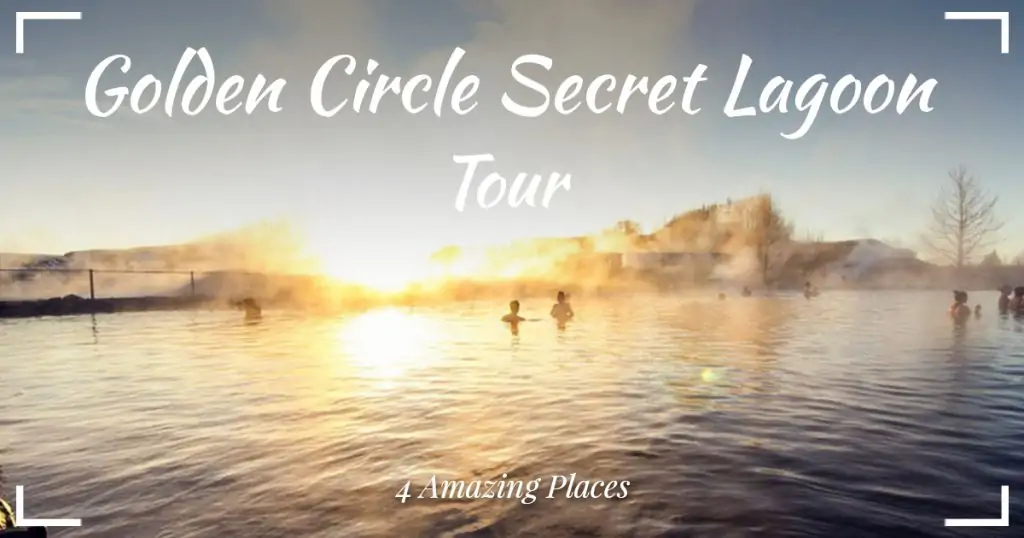
Golden Circle Secret Lagoon Tour (4 Amazing Places)
Looking to experience the beauty of Iceland? With our Golden Circle Secret Lagoon Tour, you can see Iceland’s best natural wonders–all in a single day!
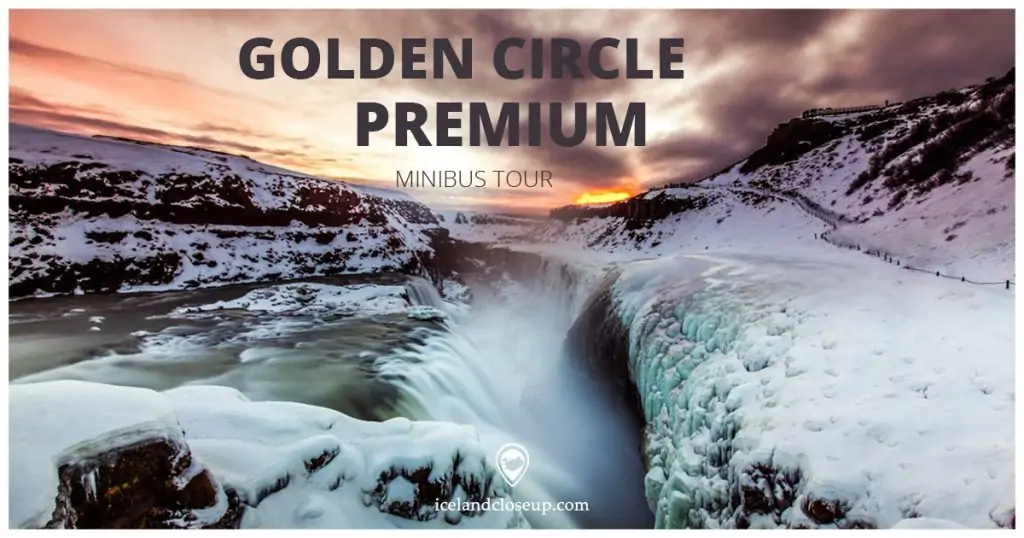
Golden Circle Premium Minibus Tour (Small Group)
See Iceland your way with our Golden Circle Small Group Tour. Enjoy the top attractions from the comfort of a premium minibus!
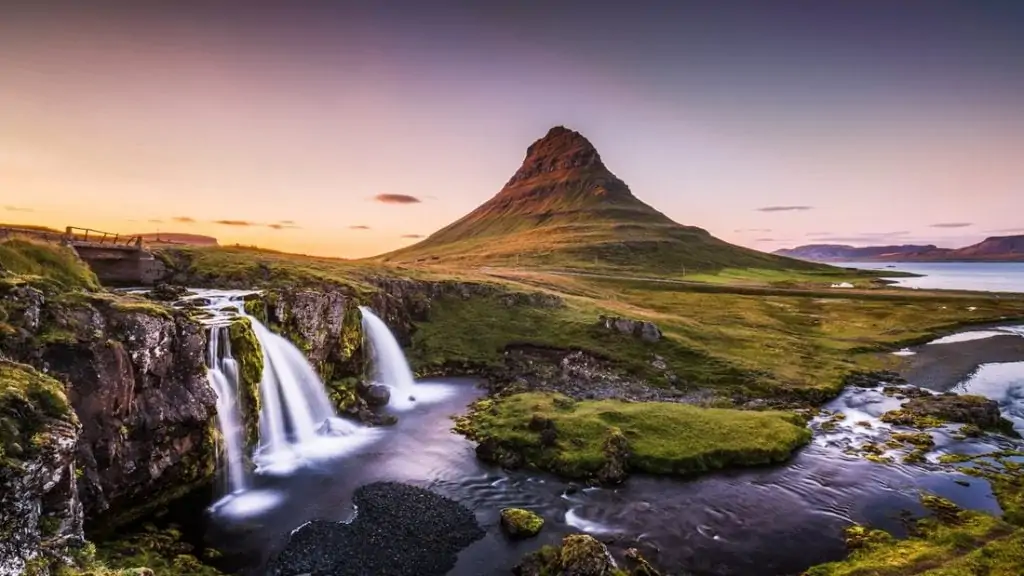
Snæfellsnes Peninsula Day Tour (From Reykjavík)
The Snæfellsnes Peninsula is described as “Iceland in miniature” and is home to lava fields, mountains, lava caves, black sand beaches and much much more.
Temperature and Precipitation in September and October
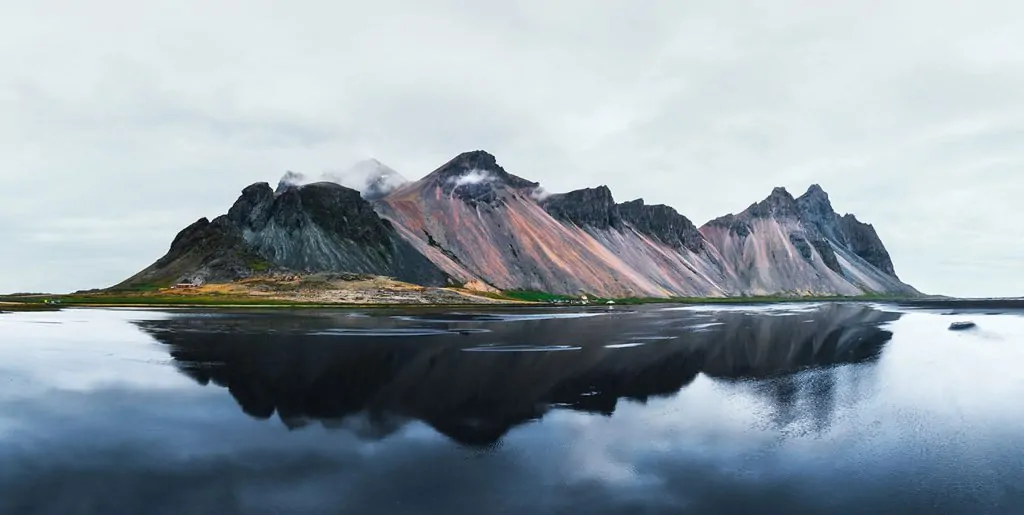
The average high temperature in Reykjavík is 12℃ and the average low temperature is 0℃.
It’s warmer in the city than in rural areas, and can sometimes be a bit colder in the north.
In general, when the weather is sunny the temperature is very comfortable for outdoor activities.
Rainfall starts to increase during this time of year. Similarly to spring, most of the time autumn rain comes along with strong winds.
You can also expect to see some light snow in October.
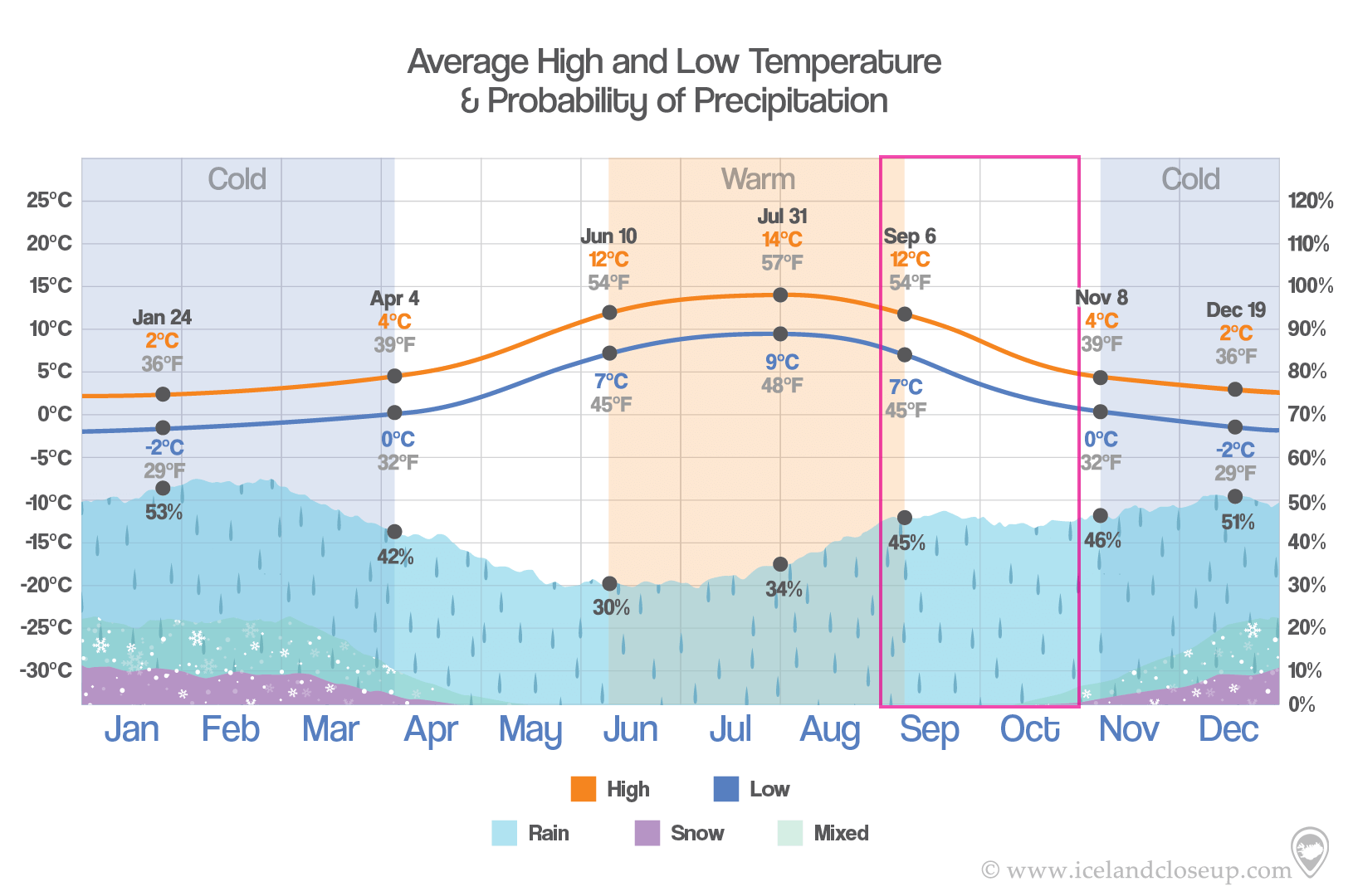
What the Weather is Like in September and October
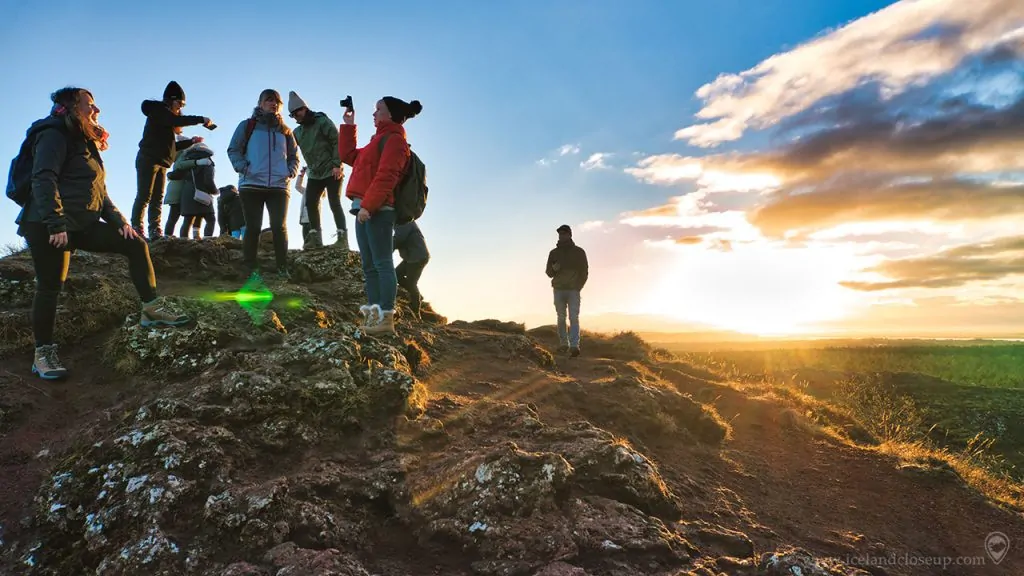
Thanks to summer’s daylight and warmth, it’s still fairly warm during the daytime in autumn, especially when it’s sunny.
When autumn arrives, one of the most obvious changes is that it gets noticeably colder in the mornings and evenings.
How cold? Because the nights become dark again in autumn, the temperature can drop below 0℃, meaning that mornings can be very cold.
With the changing seasons, the leaves start turning yellow and red from the middle of September.
By early October, the Iceland landscape is draped in a glowing golden yellow.
No matter if you are inside the capital area or on the Ring Road, it’s the best time to capture the stunning autumn colors.
With each gust of wind, more and more of these colorful leaves will be gradually blown away. So make sure to catch them while you can!
Early September in Iceland is also when the wild blueberries become ripe.
While you are exploring nature in Iceland, remember to look down! You might just find some wild blueberries growing around you.
Some things never change! It’s hard to completely avoid strong winds in Iceland, in any season.
In fall you will get likely some fairly strong winds, especially in October. A wind speed over 15m/s is quite common.
In extreme cases parts of the Ring Road can be closed because of strong winds, but this is a rare occurrence.
In Iceland, rain and wind are the best of friends – you’ll often get them making mischief both at once.
Thanks to these mischief-makers, weather in Iceland in fall becomes unpredictable and can change rapidly.
Daylight in September and October
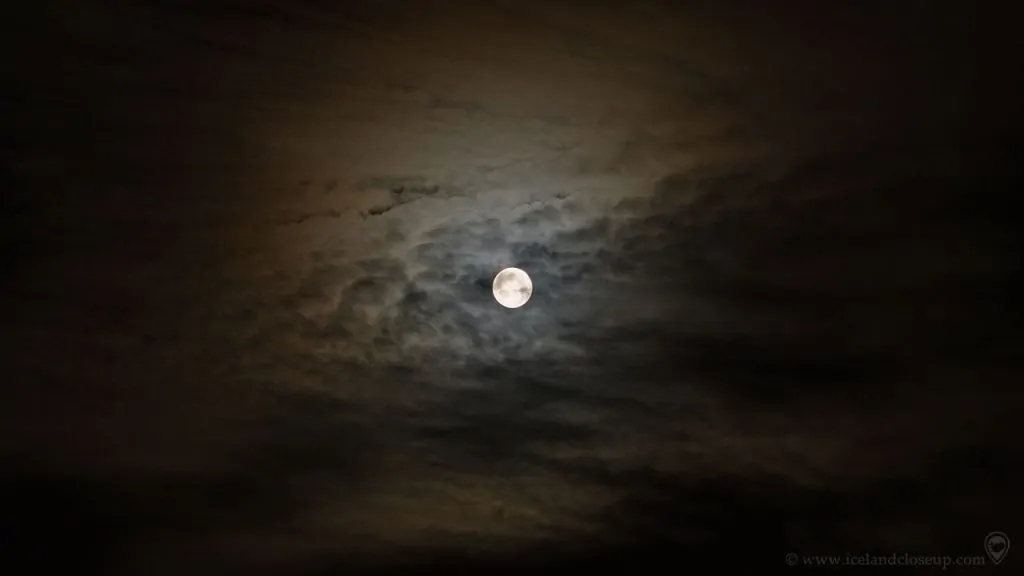
The sunrise time is about 6:09, and the sunset time is about 20:44.
Daylight conditions are good, with about 14.5 hours of daylight in total.
This means that during the daytime you’ll have plenty of light for exploring.
As an added plus, the nights are also dark once more, so when the weather is good you’ll have a chance to spot the magical Northern Lights.
The sun rises around 09:06 and sets around 17:14.
There are 8 hours of daylight in total.
So although the days are now shorter, daylight hours are still within normal range.
From November onwards, the sun starts to rise late and set early. This signals the beginning of the polar night.
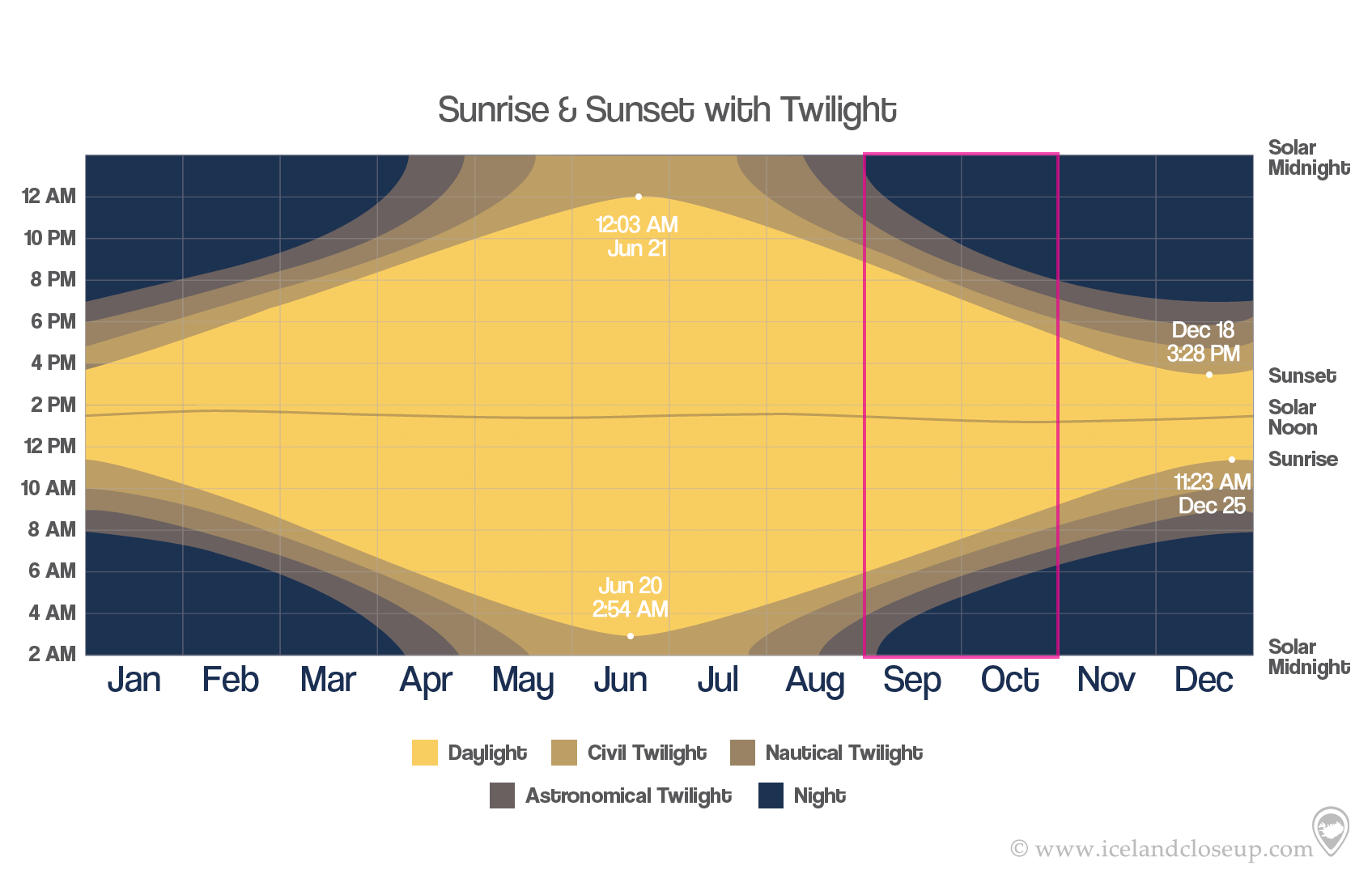
What to Wear in September and October
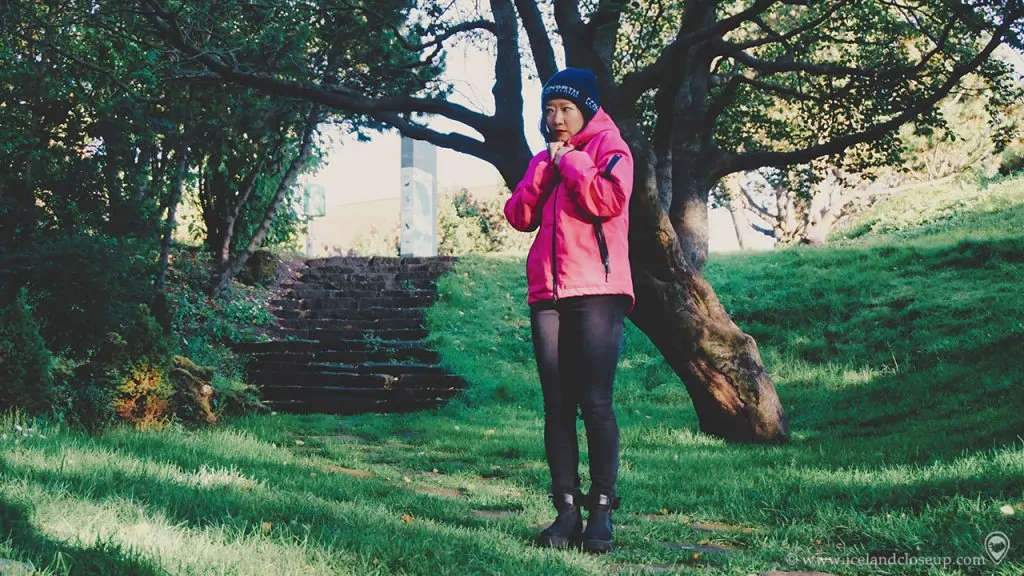
As always, it’s important to be prepared for anything! It’s advisable to wear warm, waterproof clothes while traveling in Iceland in autumn.
The temperature in late August and early September remains a bit warmer, especially when it’s sunny.
So during that time, you can still wear autumn clothes.
But…
The temperature can drop suddenly, and mornings can be as cold as in winter.
And in October, you’ll notice a distinct drop in overall temperature. At this point, you might want to change to winter gear.
You’ll need especially warm gear if you’re out and about at nighttime hunting for the Northern Lights.
Here’s the downlow on what clothes to wear in Iceland in September and October:
Outer layer:
Middle layer:
Accessories:
For all seasons:
Pros and Cons of Traveling in Autumn
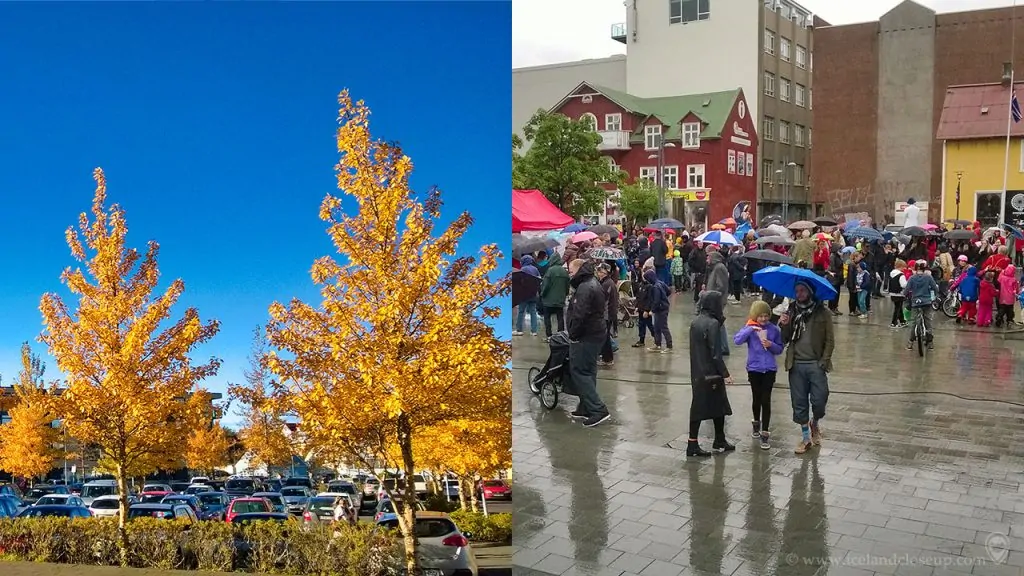
Like the other seasons, visiting Iceland in autumn has both advantages and disadvantages.
When the weather is good, the autumn in Iceland is just like a fairytale, with beautiful colors cloaking the hillsides.
However, we all know that life isn’t a fairytale! Sometimes the weather can get a bit rough in autumn too.
Here is the complete list of pros and cons when visiting Iceland in the fall season:
Seasonal Attractions in Autumn
Though the autumn brings colder nights, it also marks the return of the dancing northern lights as well as plenty of other unique activities.
Check out our recommendations for some of the best Iceland tours and activities in the fall:
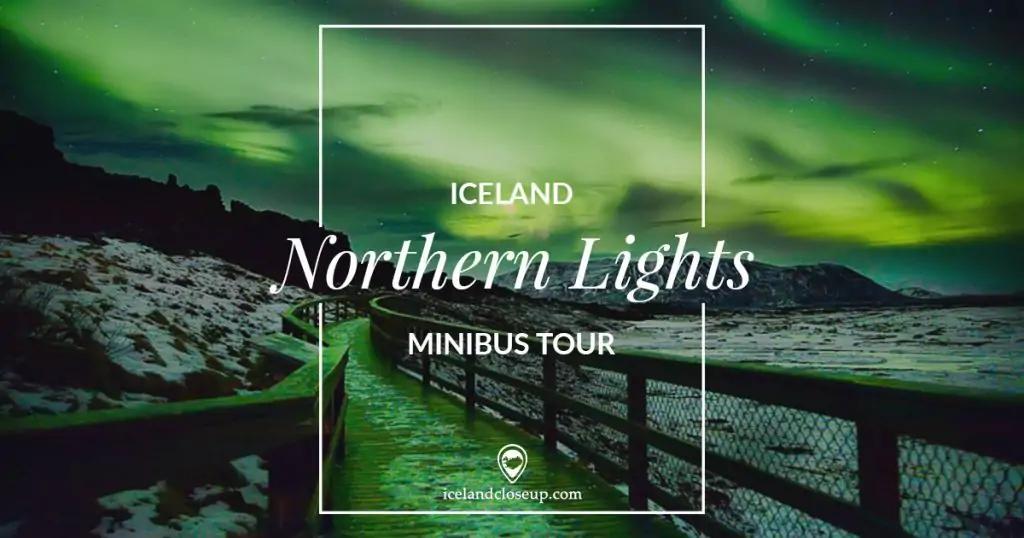
Northern Lights Minibus Tour (Small Group)
Admire the majestic Aurora in an intimate setting with our Northern Lights Minibus Tour. It’s perfect if you’re looking for small group Iceland tours.
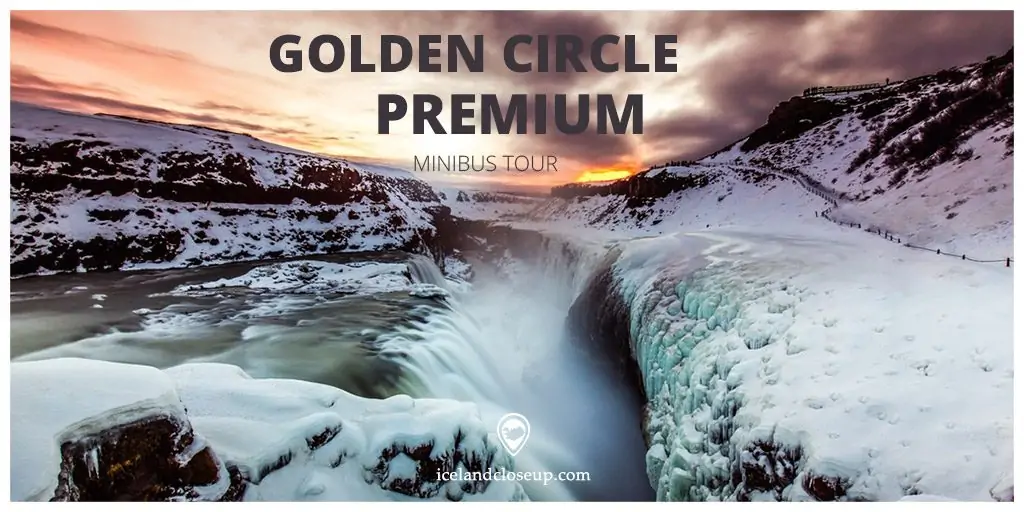
Golden Circle Premium Minibus Tour (Small Group)
See Iceland your way with our Golden Circle Small Group Tour. Enjoy the top attractions from the comfort of a premium minibus!
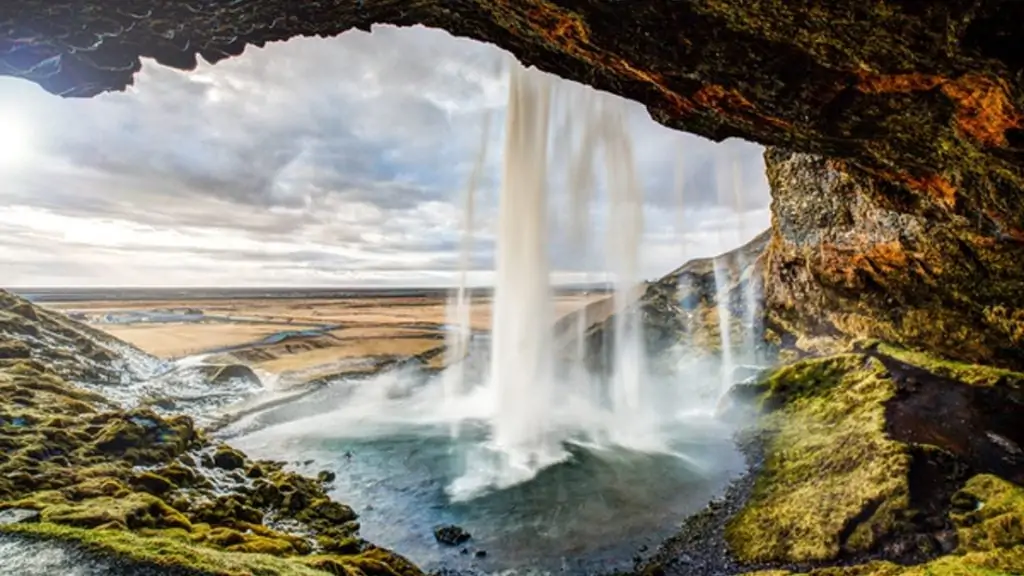
South Coast Premium Minibus Tour (Small Group)
See Iceland your way with our Golden Circle Small Group Tour. Enjoy the top attractions from the comfort of a premium minibus!

Jökulsárlón Glacier Lagoon Tour (Epic Full-Day)
Put the “ice” in Iceland with our Jökulsárlón Glacier Lagoon Tour! Experience several of Iceland’s top attractions in one epic full-day tour.
Temperature and Precipitation in November-March
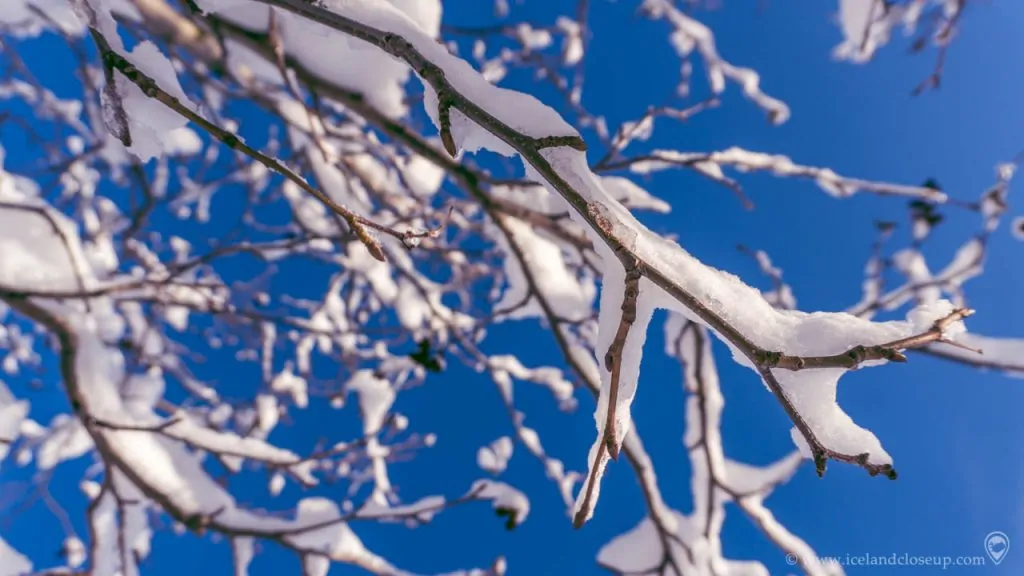
The average temperature is the lowest during the winter months.
The average high temperature in Reykjavík is 4℃ and average low temperature is -2℃.
Sometimes it can reach -10℃ or rise up to 10℃. But this doesn’t happen very often – in general the temperature in Iceland doesn’t have a lot of extreme highs and lows.
In Iceland, winter temperatures in the north and northeast are often a bit lower than in the south and west.
Snowfall becomes frequent in the Icelandic winter, and sometimes there are even snowstorms.
Because of this, roads in rural areas are often closed due to icy road conditions or accumulated snow, which can make it too dangerous to drive.
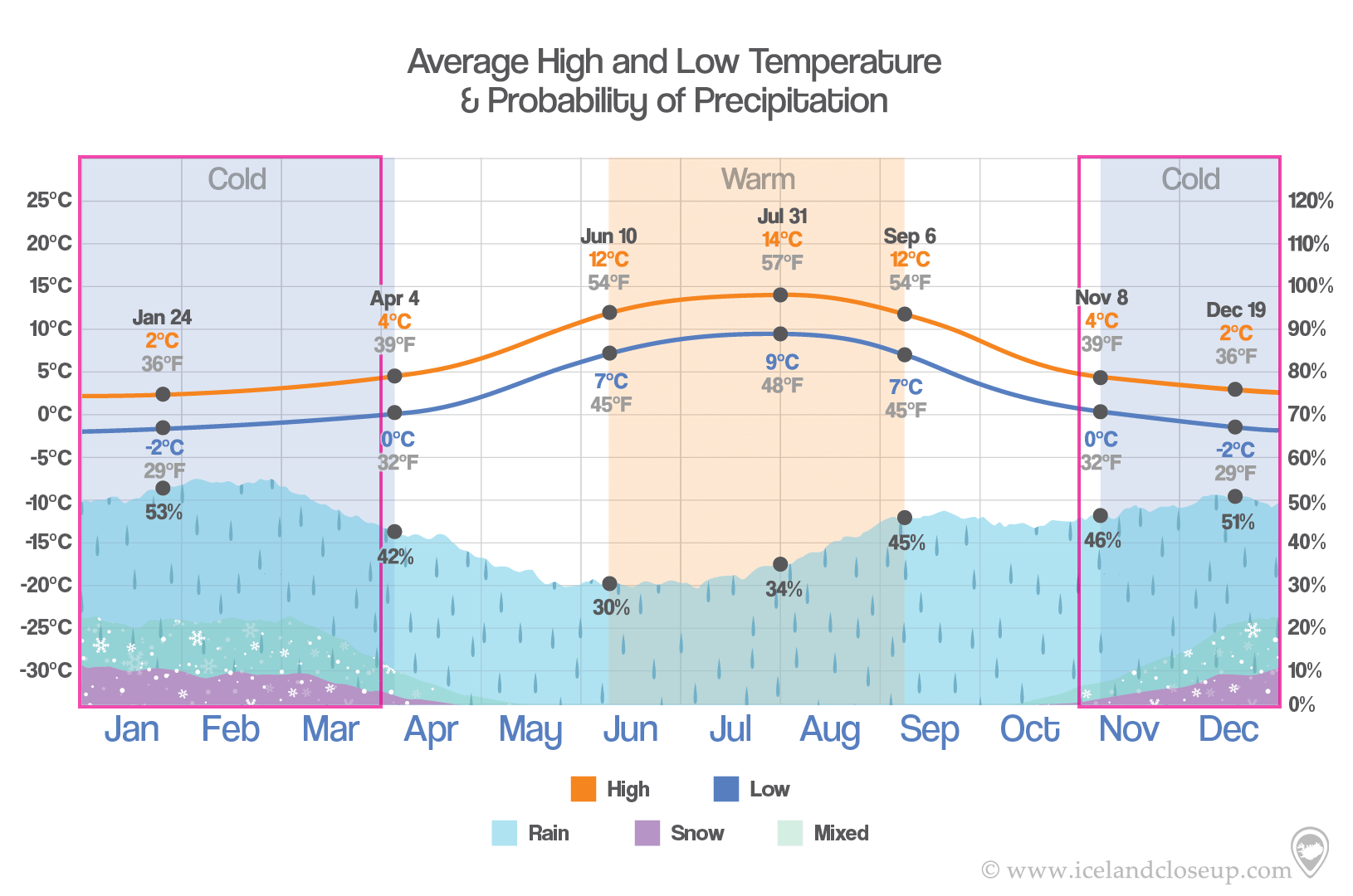
What the Weather is Like in November-March
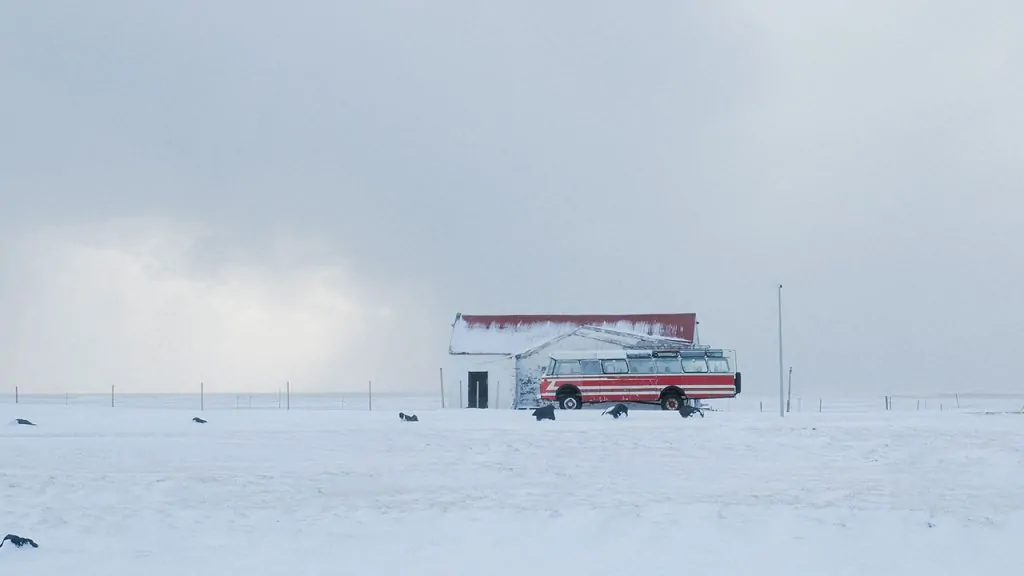
What’s the first thing you think when you hear the name “Iceland”? This country must be absolutely freezing, right?
Actually, no!
Iceland is not located too far from the Arctic Circle (63-67°N, 18-23°W), but the warm Gulf Stream flows just off its south and west coasts. This means Iceland enjoys a much milder climate than its name implies.
On top of this, Iceland is a hotbed of geothermal energy, with many volcanos, hot springs and geysers.
These natural sources of heat also help keep the cold at bay.
Wind is sometimes the harshest part of Icelandic weather, for locals and tourists alike.
Iceland is famous for its vigorous winds. Windy weather is not reserved for winter – it happens in all seasons.
Wind speeds of 10-15 m/s and above are considered pretty normal. And on occasion, the wind speed even reaches 30-40 m/s.
Even if you’re the sort that likes a challenge, it’s strongly recommended not to go out when the wind is this strong!
The most defining characteristic of Icelandic weather is not that it’s cold, but that it’s unpredictable.
You can often experience four seasons of weather in a single day.
One minute it might look as bright and warm as spring or summer, but the next it’s as cold and snowy as autumn and winter.
Icelanders always say: “If you don’t like the weather now, just wait 5 minutes.”
In my experience, sometimes it’s even shorter than 5 minutes!
This is a well-known weather phenomenon in
Iceland. What does it mean?
Well, the weather in winter can sometimes give you a false impression.
When you sit comfortably inside and look out the window, the weather often appears calm and sunny.
Seeing this lovely scene, you might think it’s the perfect weather to go outside for some outdoor activities. And surely you can leave your heavy jacket at home, right?
Wrong!
The moment you step outside, you know you misjudged it completely. It is FREEZING COLD outside, and what you thought seemed like a calm breeze was actually quite a strong wind!
This weather is what Icelanders call “Gluggaveður.” Directly translated to English, it means “Window Weather” – weather that is best admired from inside, through a window.
The ice and snow of an Icelandic winter mean the road conditions are often snowy and slippery. This can make it dangerous to drive outside of the towns and cities.
If you decide to drive yourself, you must follow the weather forecast and drive carefully according to the road conditions.
Also good to note is that the highlands are not accessible until late June when the snow has melted and the road conditions improve. So if you have your heart set on seeing the Highlands, winter won’t be the best time of year to visit Iceland.
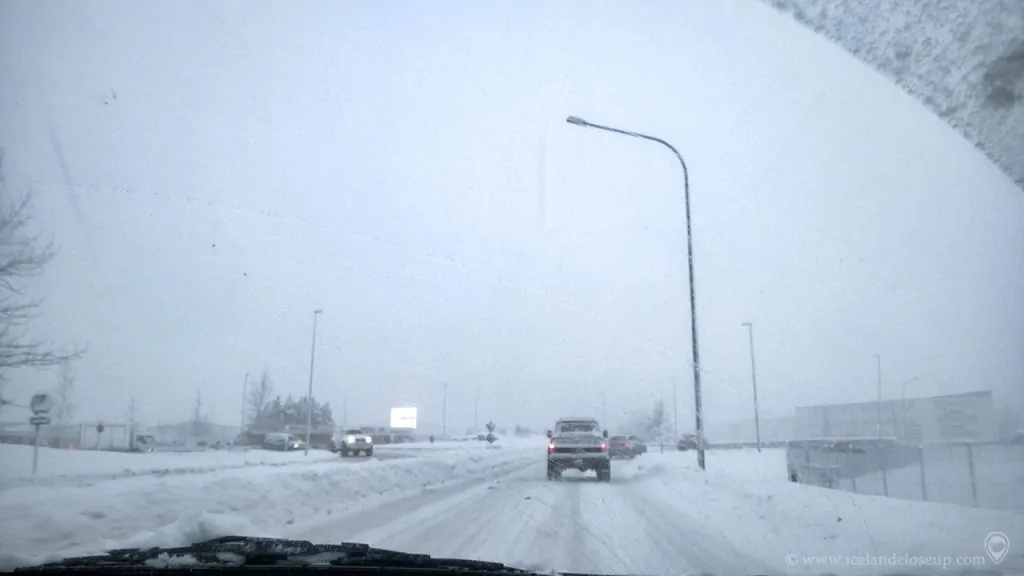
Daylight in November-March
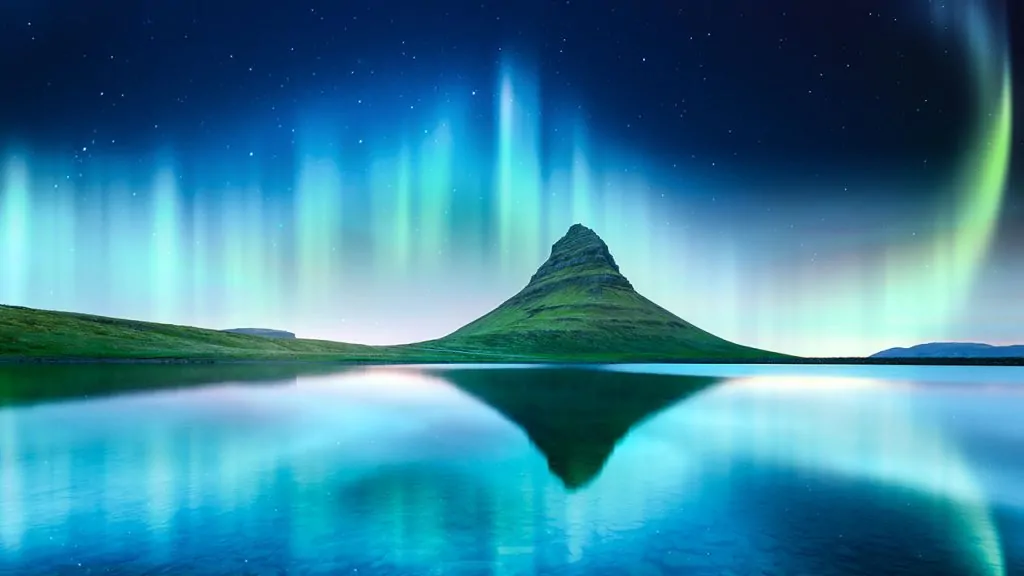
The sun rises about 11:22 and sets again about 15:29.
This means there are only about total 4 hours of daylight. That’s a very short day!
The shortest day of the year in Iceland falls around December 22nd.
Iceland is close to the Arctic Circle, which is why the daylight hours in winter are so short.
If the weather is bad or cloudy, it can feel like you didn’t really get any proper daylight at all!
This is also one of the reasons why the winter can feel so long to local Icelanders.
The sun rises around 10:09 and sets around 17:14.
This equals 7 hours of daylight in total. After the polar night, the days gradually become longer and longer.
By the end of February, the daylight hours return to normal. Even though the sun still rises somewhat late, 10 hours is a reasonable amount of daylight.
The sun rises around 06:50 and sets around 20:15.
This means there are 13.5 hours of daylight by the end of March, and at least 10 hours of daylight each day throughout the month.
So by March, there’s enough daylight to get plenty done while it’s light out.
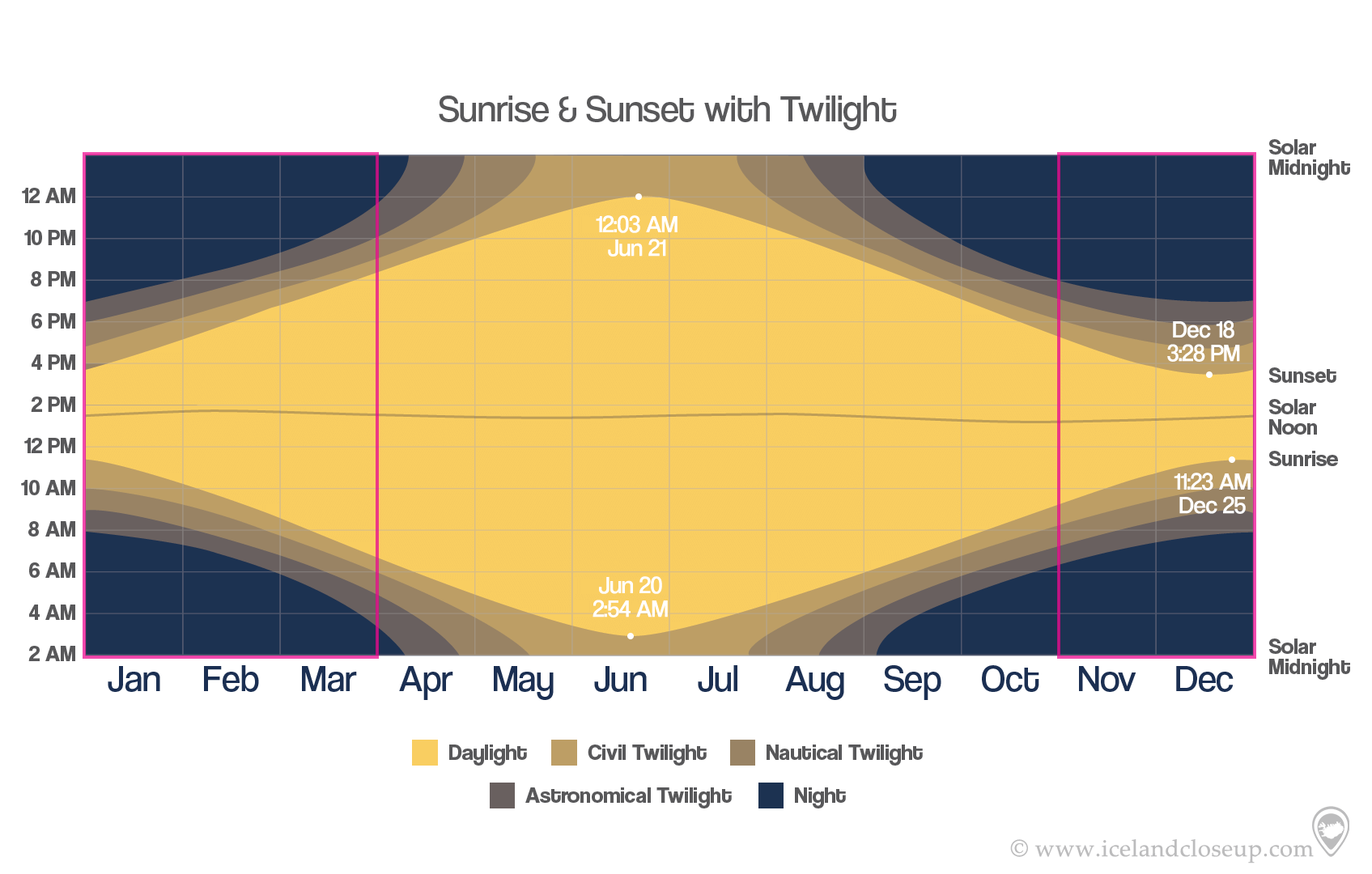
What to Wear in November-March
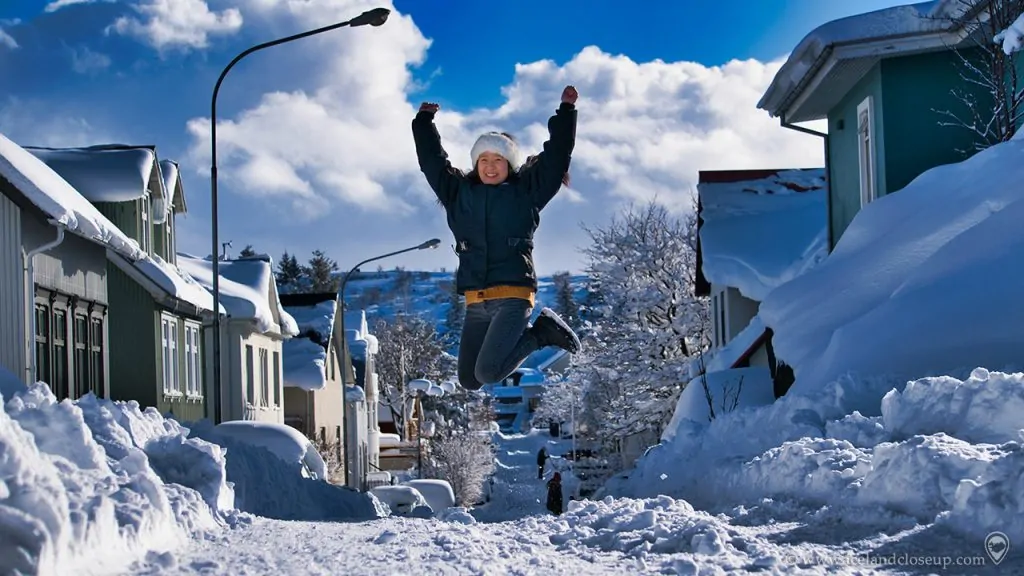
Even though Iceland is not as cold as you might expect, it’s still pretty cold when you spend a long time outdoors.
This is especially true when the weather is
windy or snowy. (Which it often is!)
So what do people wear in Iceland in winter?
The main thing is to wear plenty of warm clothes. As always, dressing in layers is the best choice for winter.
You’ll also need some waterproof, windproof outer layers. Wool or fleece work best for inner layers.
The good news is that indoor heating systems in Iceland stay on the whole year, so it’s always warm indoors.
Read on for some more recommendations about winter gear:
Outer layer:
Middle layer:
Accessories:
For all seasons:
Pros and Cons of Traveling in November-March
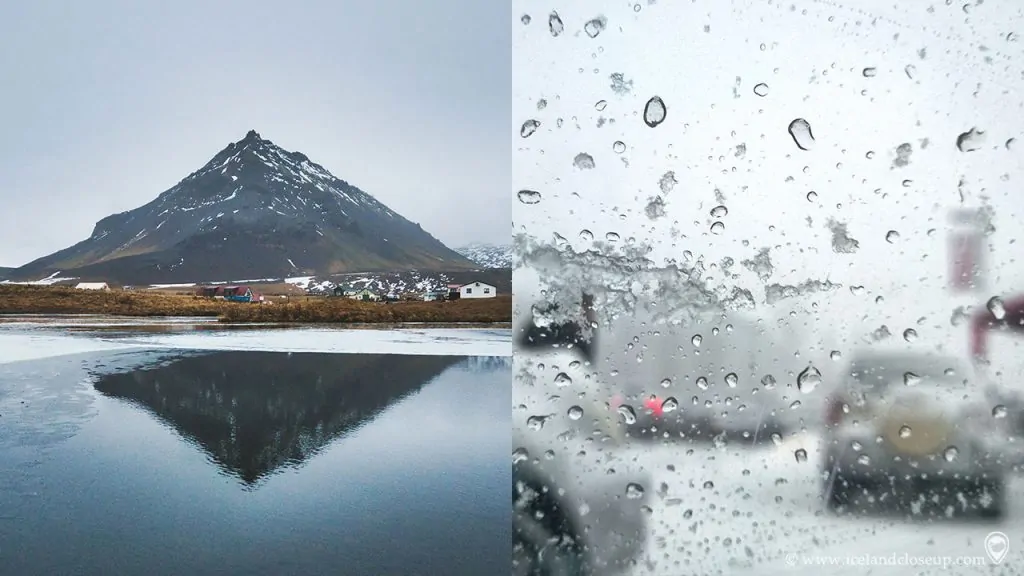
It’s true that icy winter landscapes are Iceland’s most classic look.
So if you’re planning your first visit to Iceland and are undecided about when to go, you might want to get a taste of the “original” Iceland.
The mysterious beauty of the Northern Lights; the crisp blue and white of a snow-covered landscape; the fairytale magic of the Christmas season.
All these scenes can each bring you a completely different experience.
As for cons? Well, you can probably guess: the main disadvantages during winter are the cold weather and the short daylight hours.
Here is the full list of pros and cons when visiting Iceland in November, December, January, February or March:
Seasonal Attractions in Winter
Experience a true winter wonderland! Iceland has so much to offer in winter, from the glowing green of the Aurora to the crisp blue-white of snow-covered glaciers.
Check out our seasonal winter experiences below:

Northern Lights DELUXE Tour (From Reykjavík)
Get front-row seats to nature’s greatest light show with our Northern Lights Deluxe Tour. Enjoy the Aurora from the comfort of a special luxury bus.

Golden Circle Premium Minibus Tour (Small Group)
Want to visit Iceland’s most amazing sights in one day? Our Golden Circle Tour is an effortless introduction to the best of Iceland’s majestic scenery.

Jökulsárlón Glacier Lagoon Tour (Epic Full-Day)
Put the “ice” in Iceland with our Jökulsárlón Glacier Lagoon Tour! Experience several of Iceland’s top attractions in one epic full-day tour.

Into the Glacier Ice Cave Tour (From Reykjavík)
Join us on a trip into the frozen heart of the second largest glacier in Iceland. Enter a breathtaking man made ice cave to learn it’s secrets.
Summary: So, when is the best time to visit Iceland?
As we’ve seen in this article, each of Iceland’s seasons offers a unique experience. It all depends what you’re looking for.
Thinking of visiting Iceland in spring?
In early spring, you’ll still have the chance to catch the Northern Lights while enjoying slightly warmer temperatures and a good amount of daylight.
Later in spring, you’ll get the chance to see fresh green leaves and spring blooms spread across Iceland’s majestic landscapes.
Thinking of traveling to Iceland in summer?
Mild, stable weather and long daylight hours make summer perfect for road trips, outdoor activities and festivals.
Plus, you can witness the unmissable “midnight sun!”
Thinking of going to Iceland in autumn?
Stunning autumn colors make Iceland a photographer’s paradise at this time of year.
Late autumn can also be a great chance to catch the beginning of Northern Lights season, while avoiding the worst of the winter weather.
Thinking of visiting Iceland in winter?
Winter offers the most “classic” Iceland experience. Gaze across stunning snowy landscapes, hunt for the green glimmer of the northern lights, soak in a hot spring.
You can expect cold, unpredictable weather – but with the right preparation, it’s certainly worth the effort.
Still not sure about the best time to visit Iceland?
No worries – just head over to our Find My Season App and get your own tailored result!
Did you find this info helpful?
What are your thoughts about the best time of year to visit Iceland?
Let us know in the comments below.
If you found something useful here, don’t forget to share this article and help your friends find the ideal season for their Iceland adventure, too!





